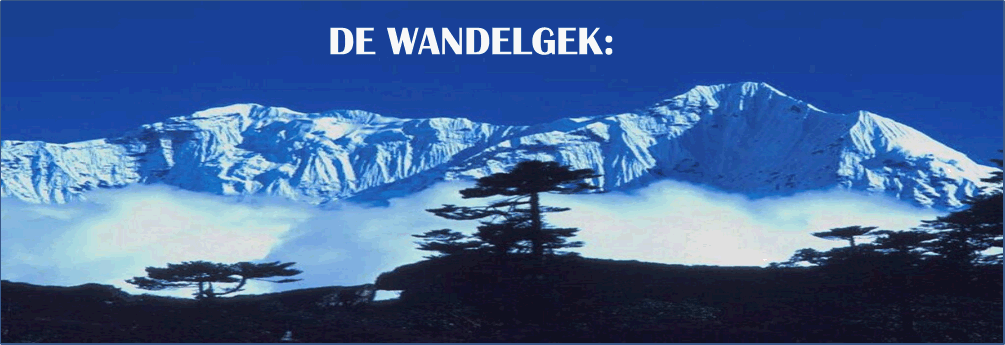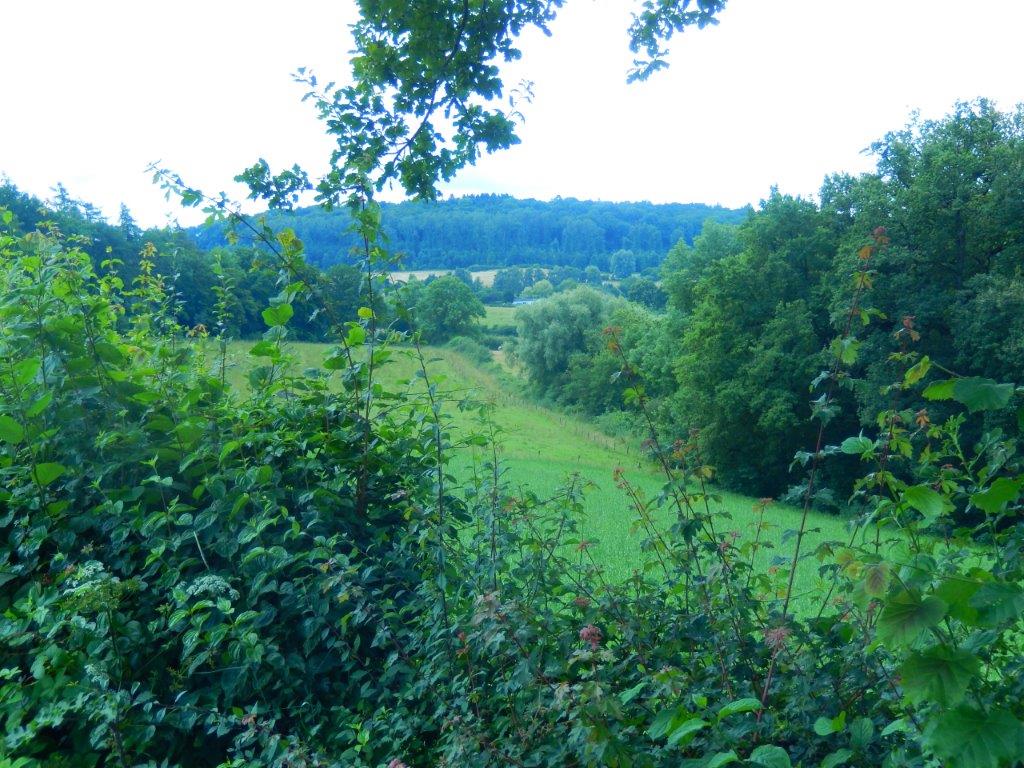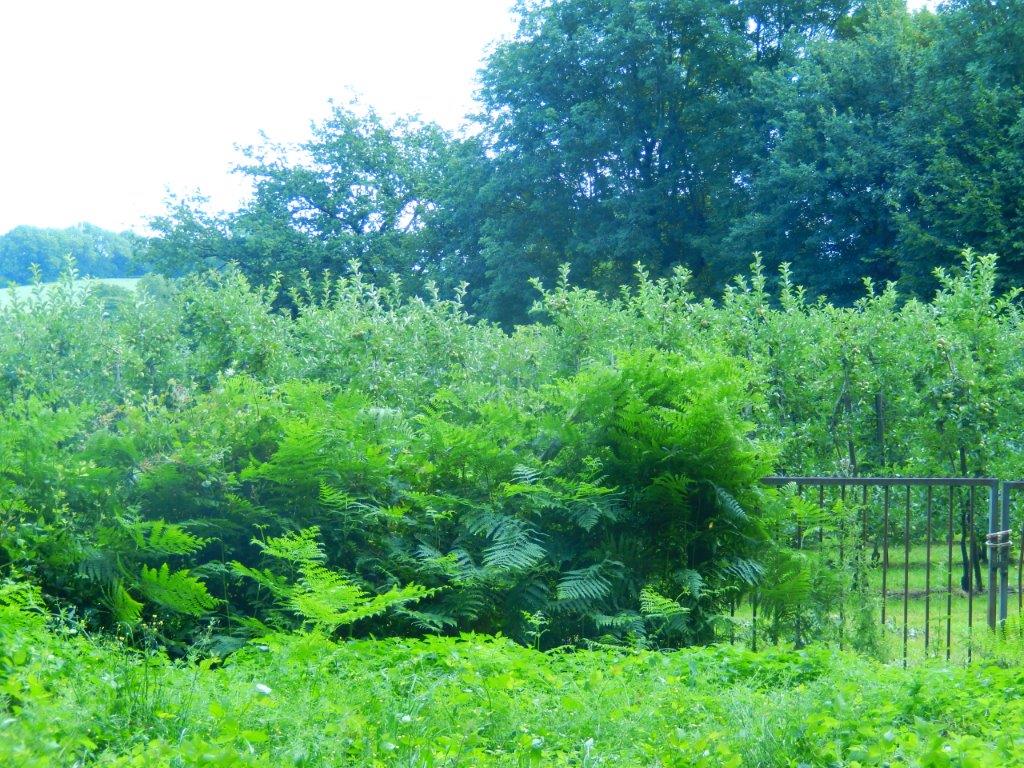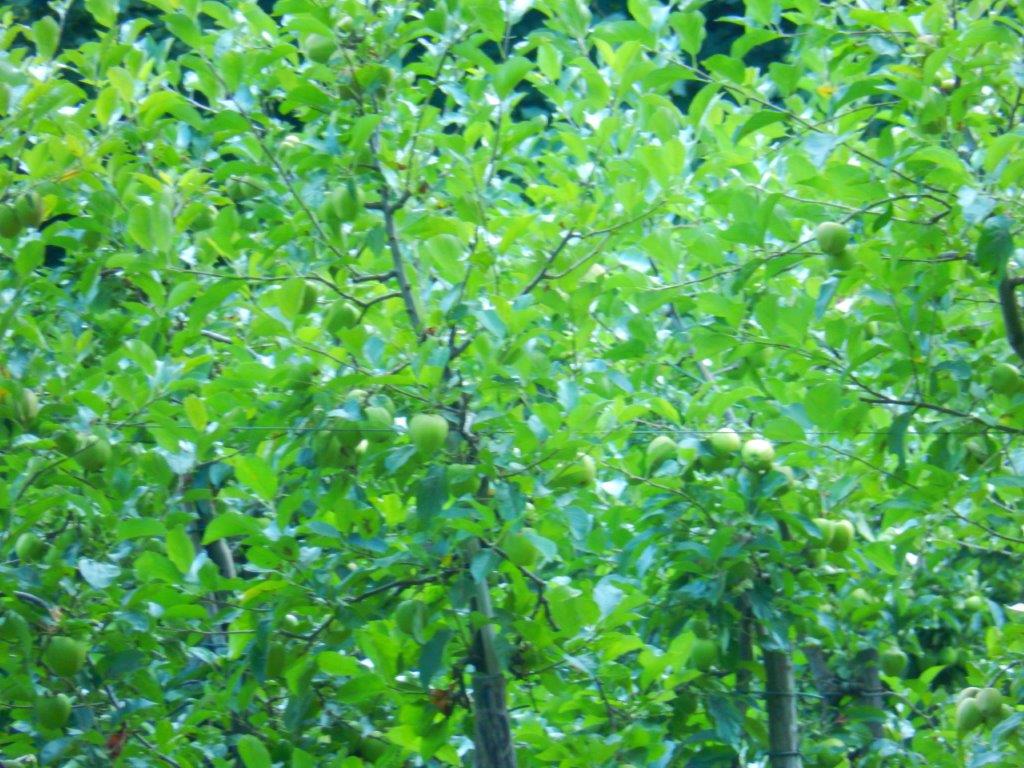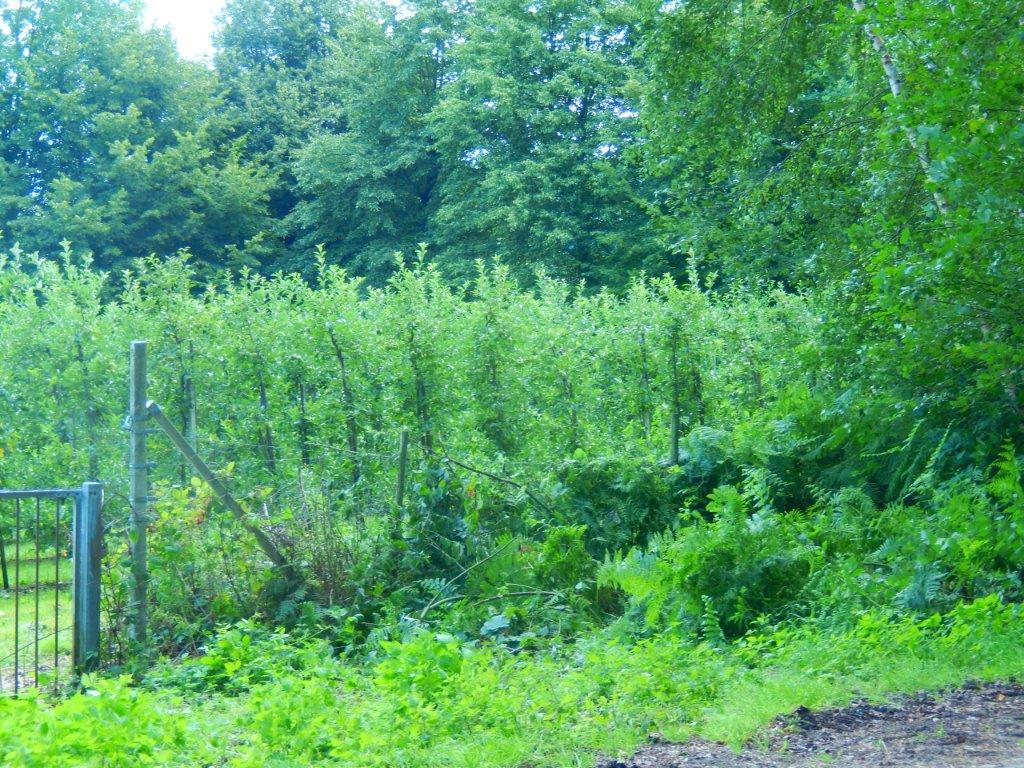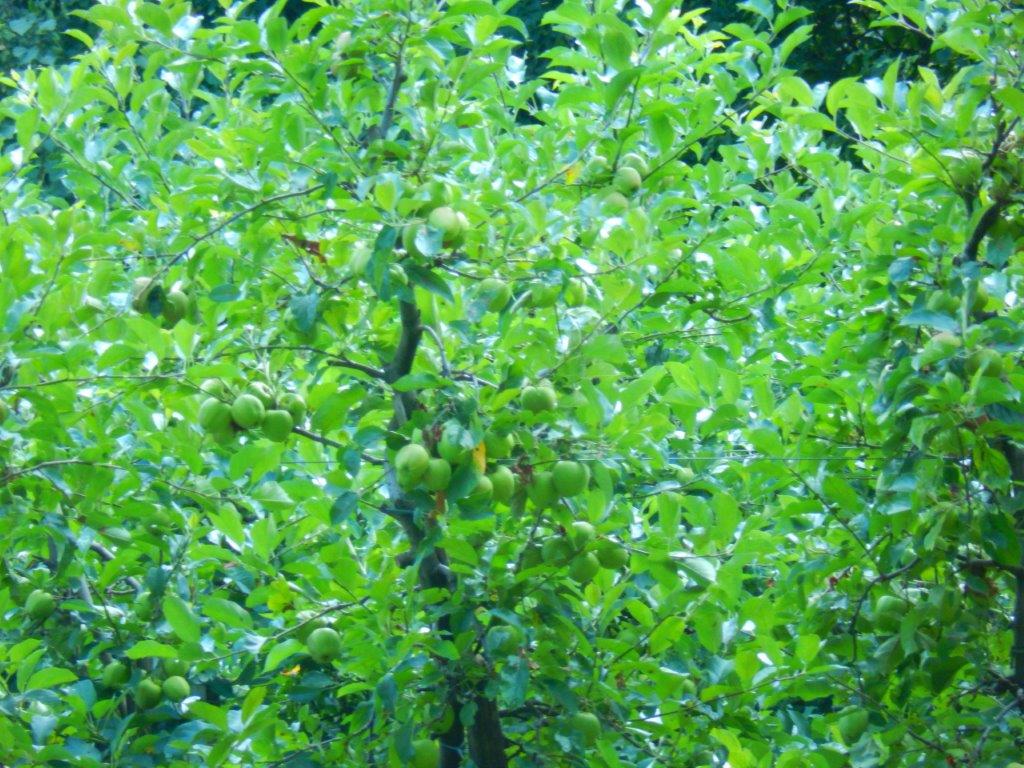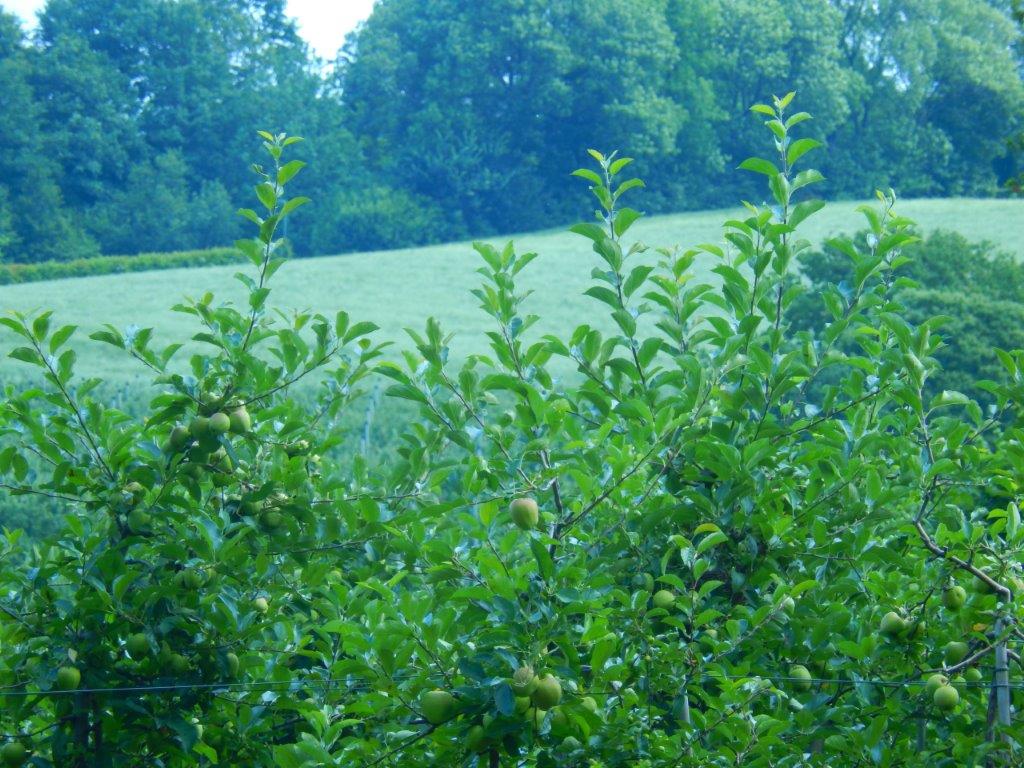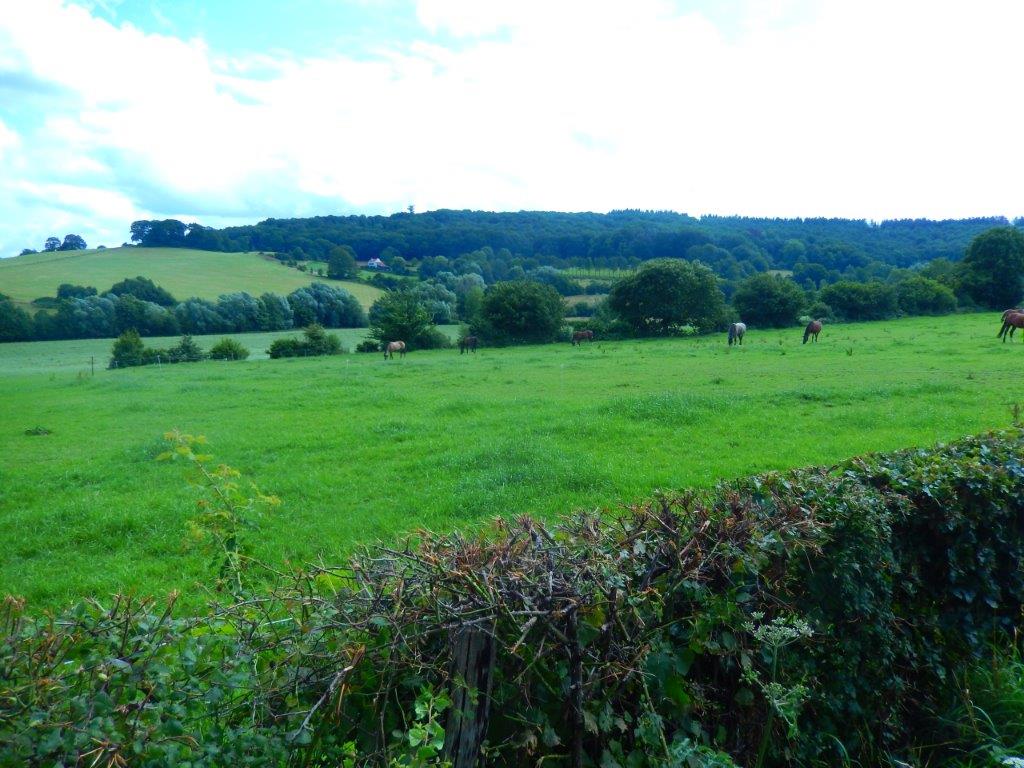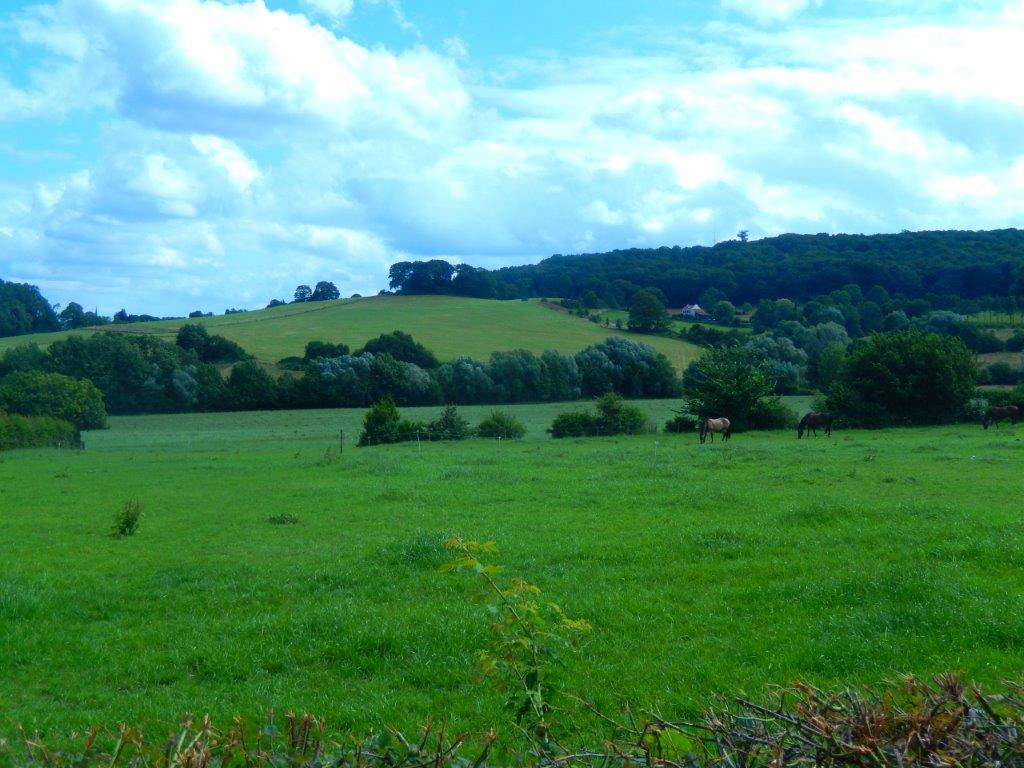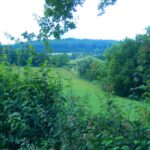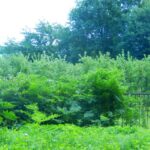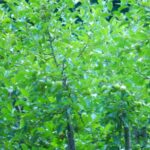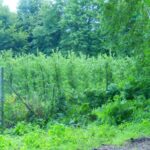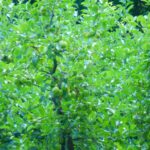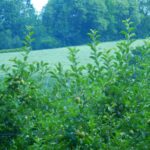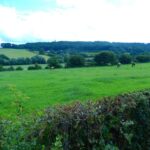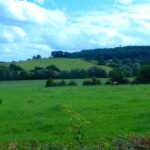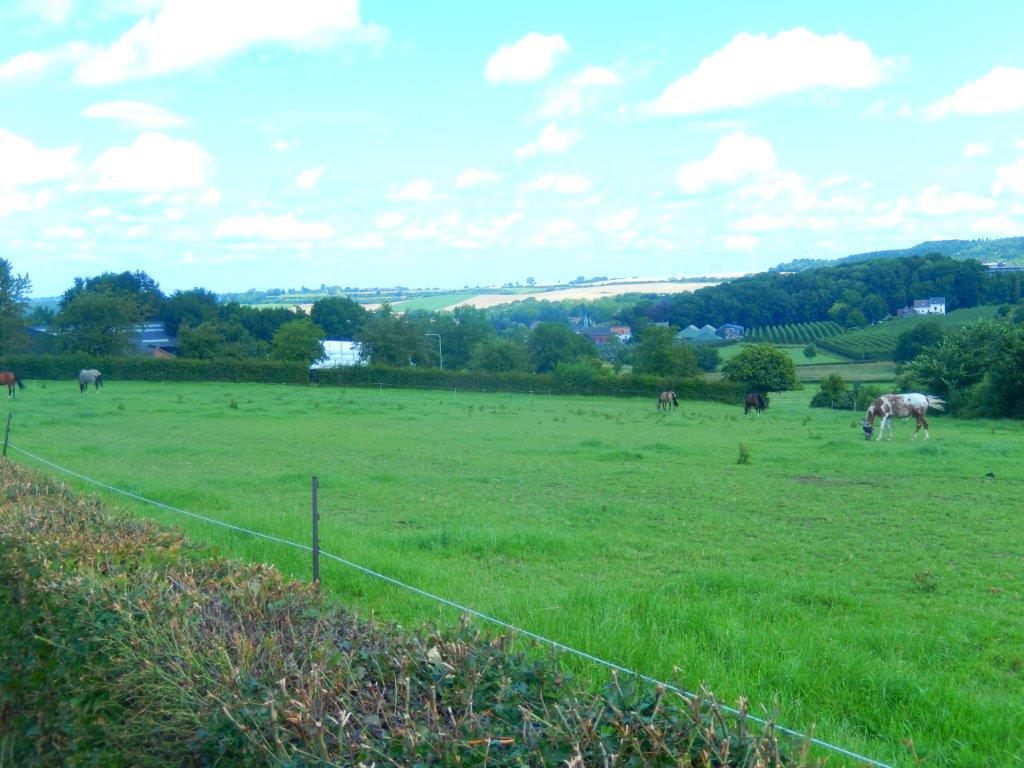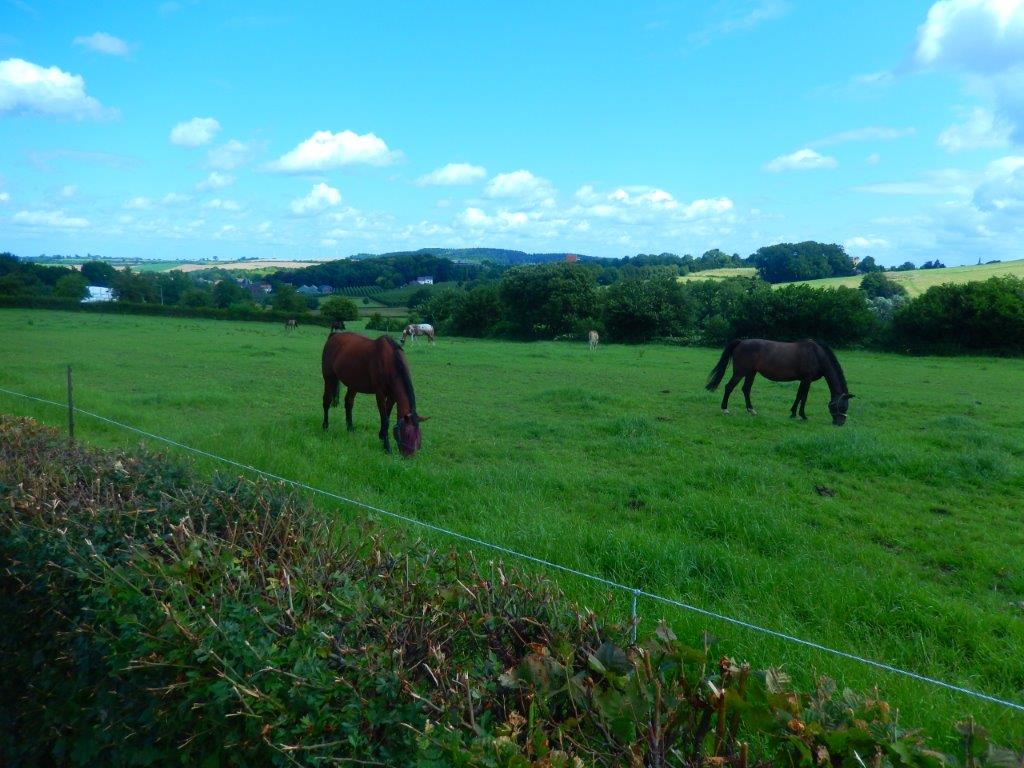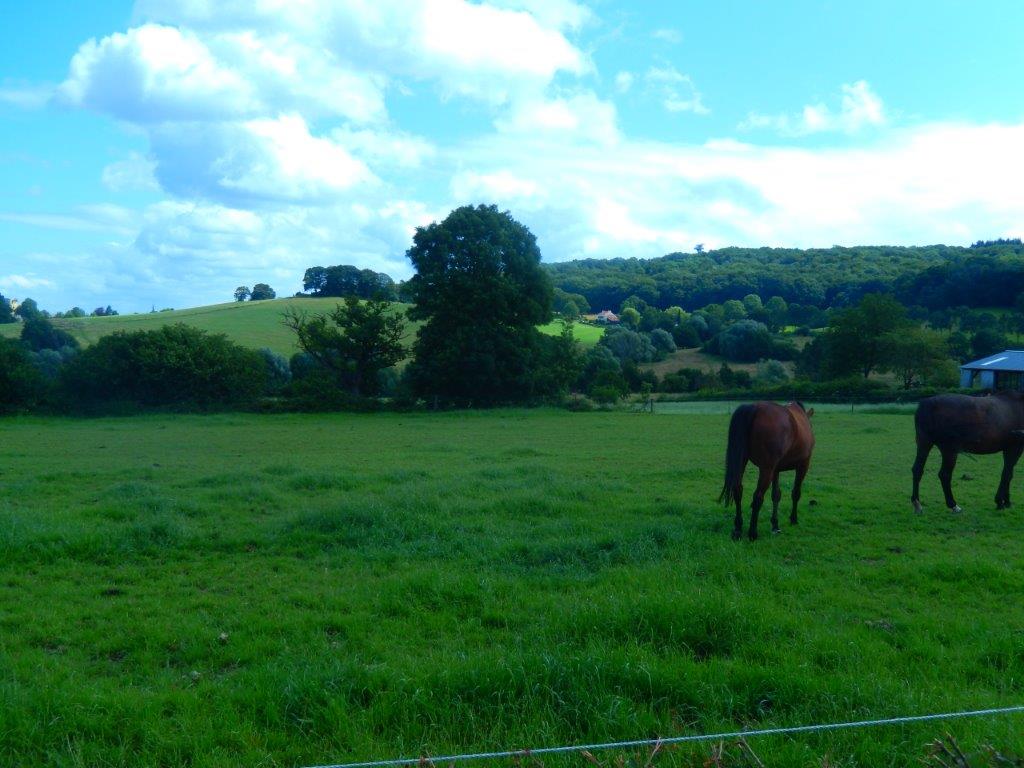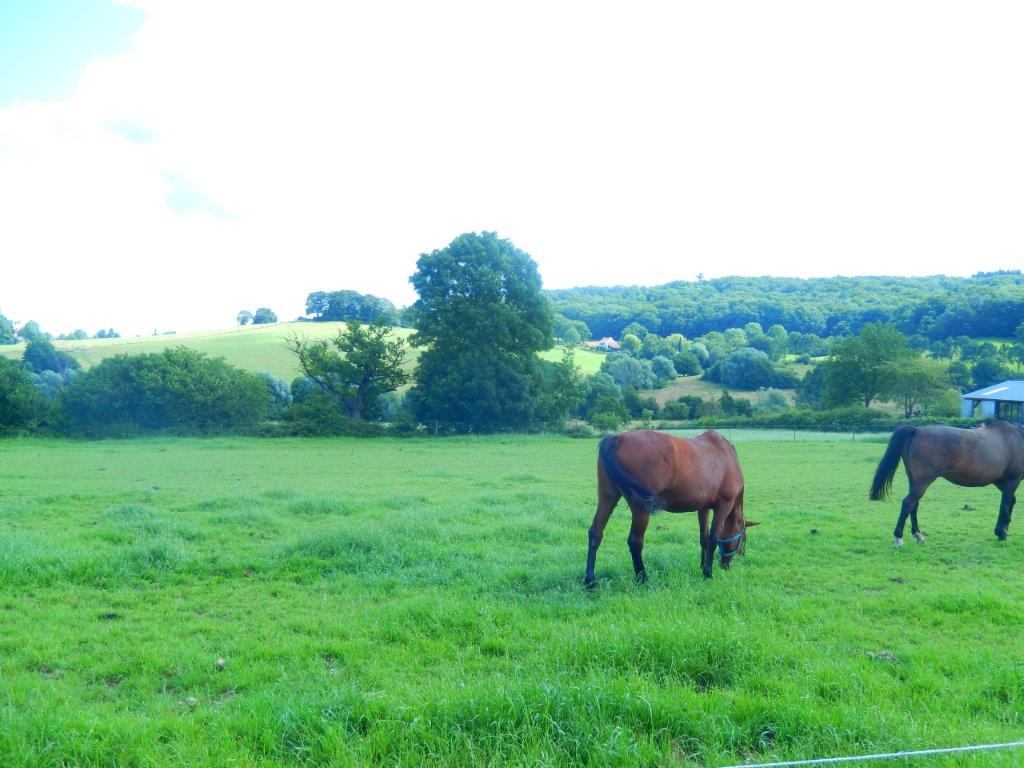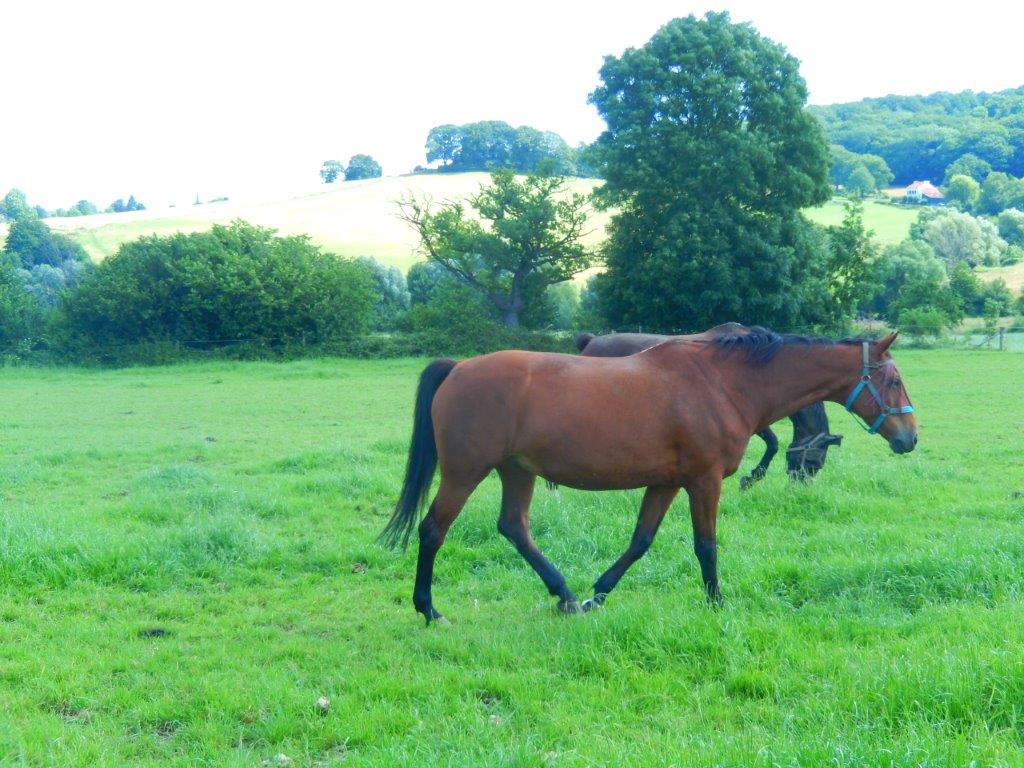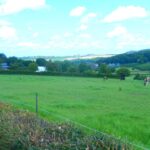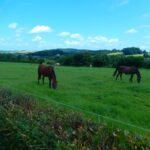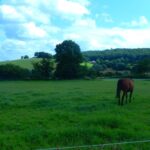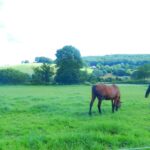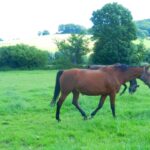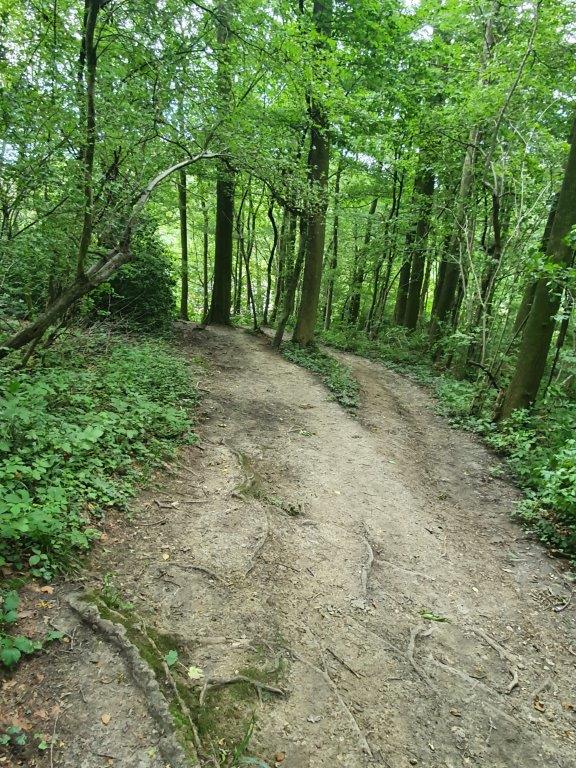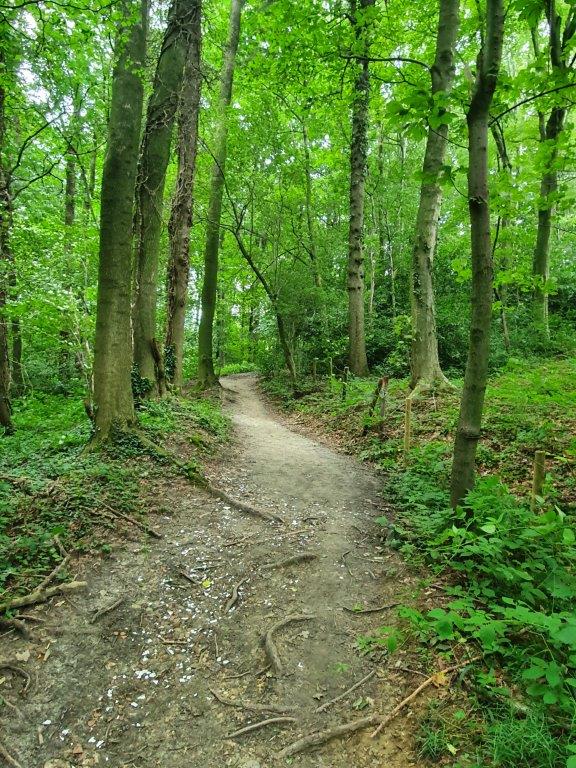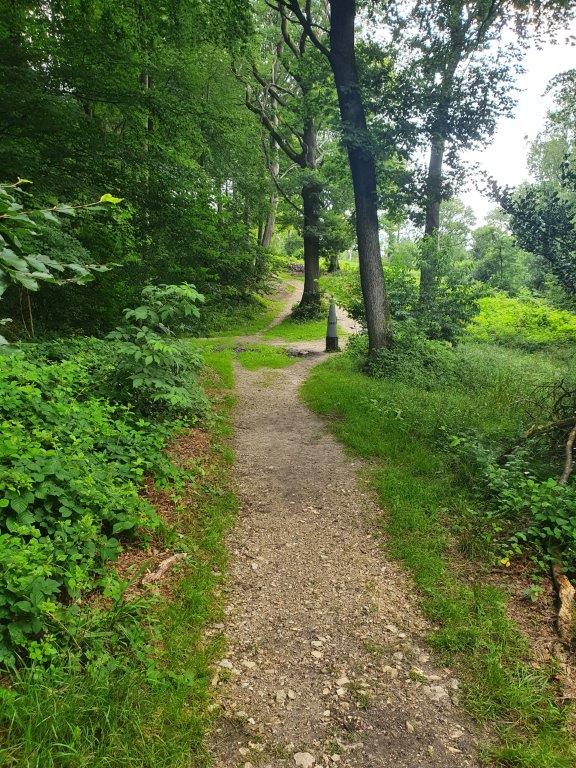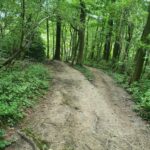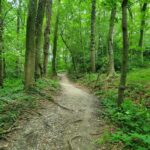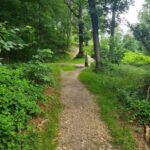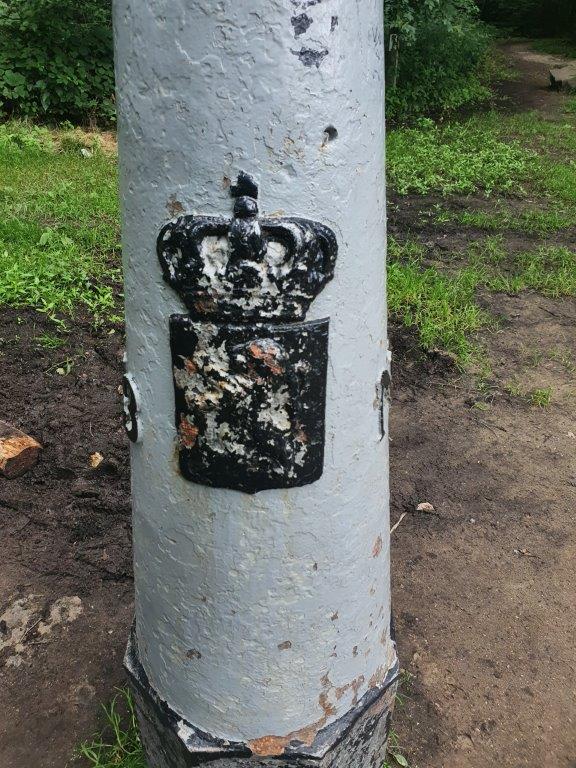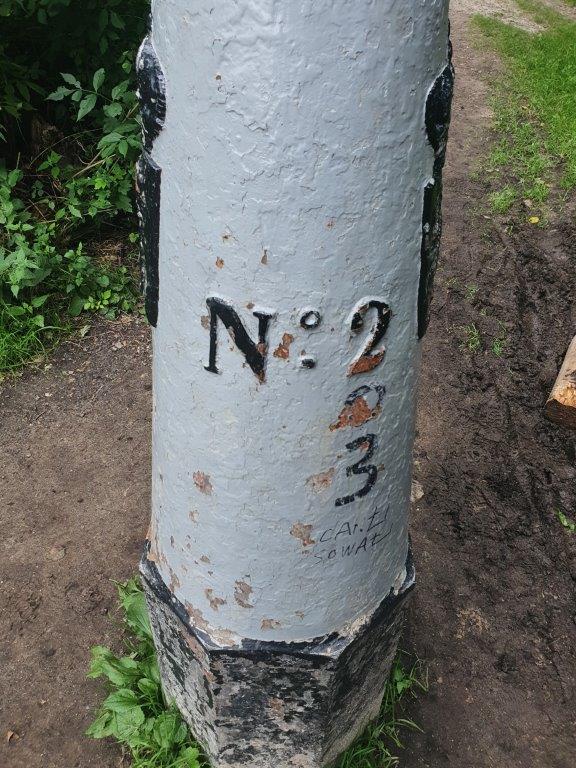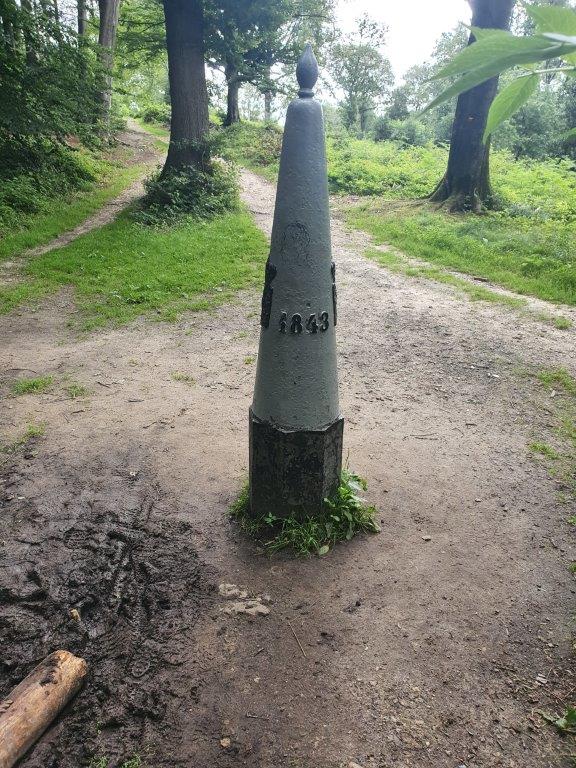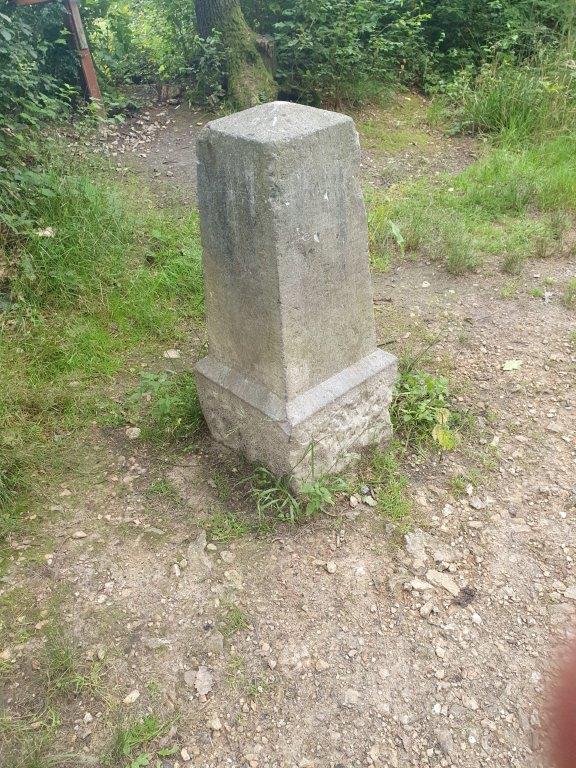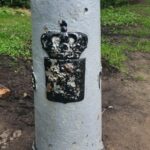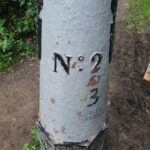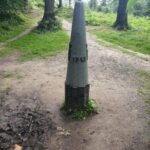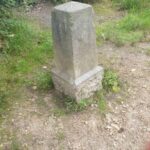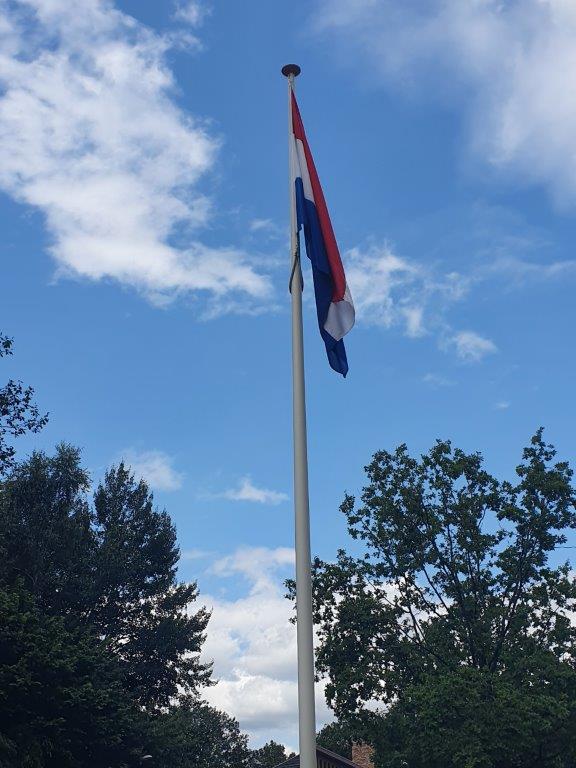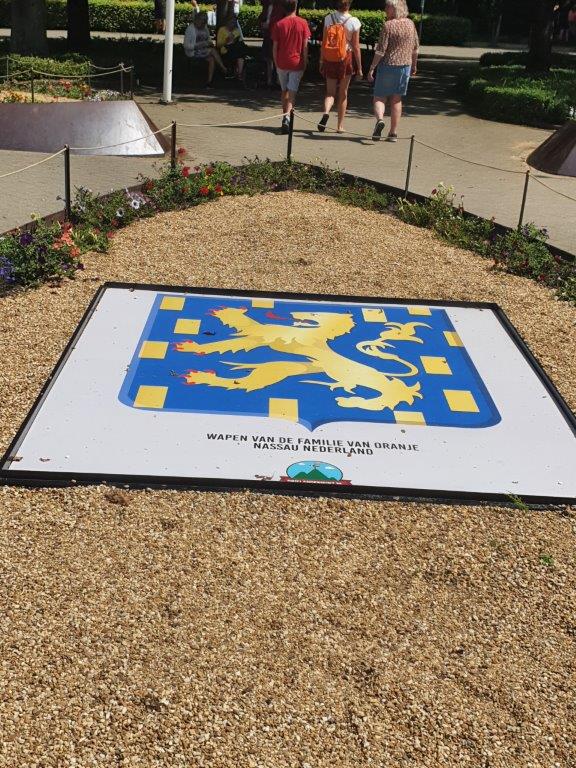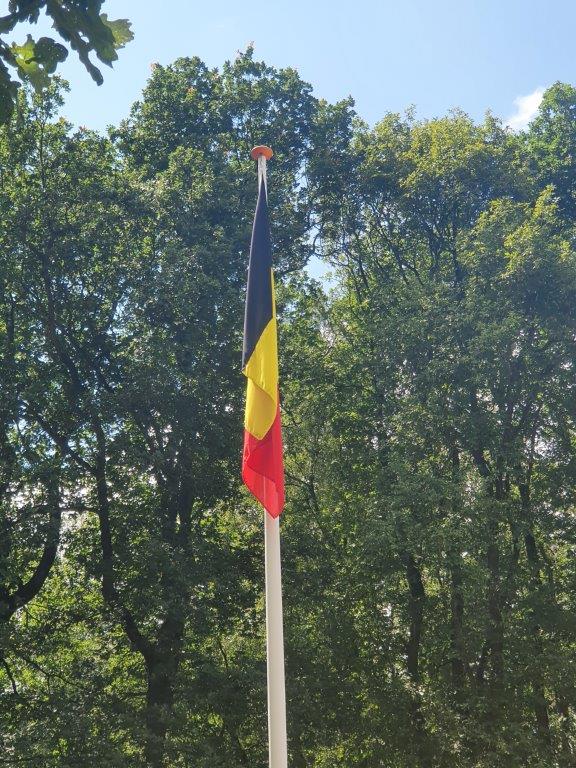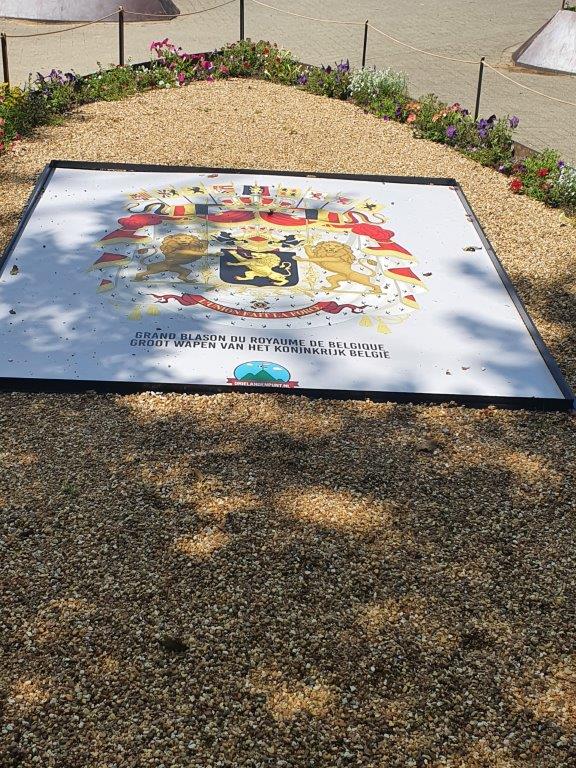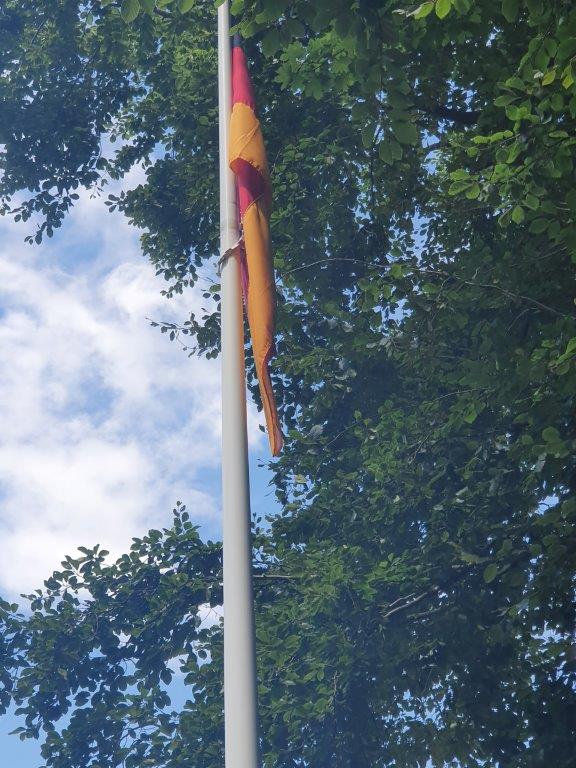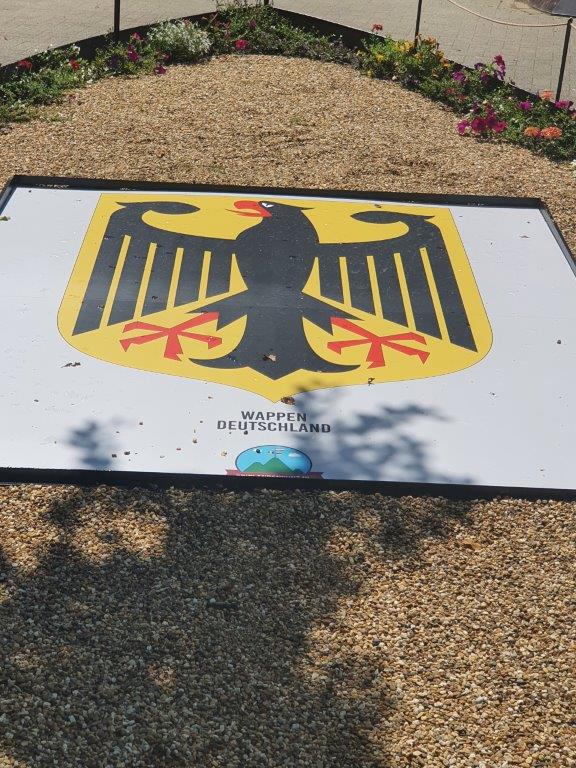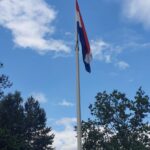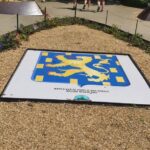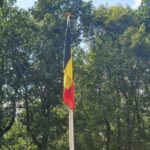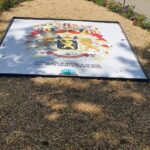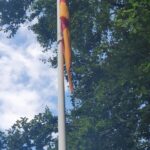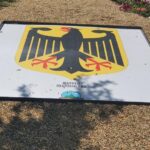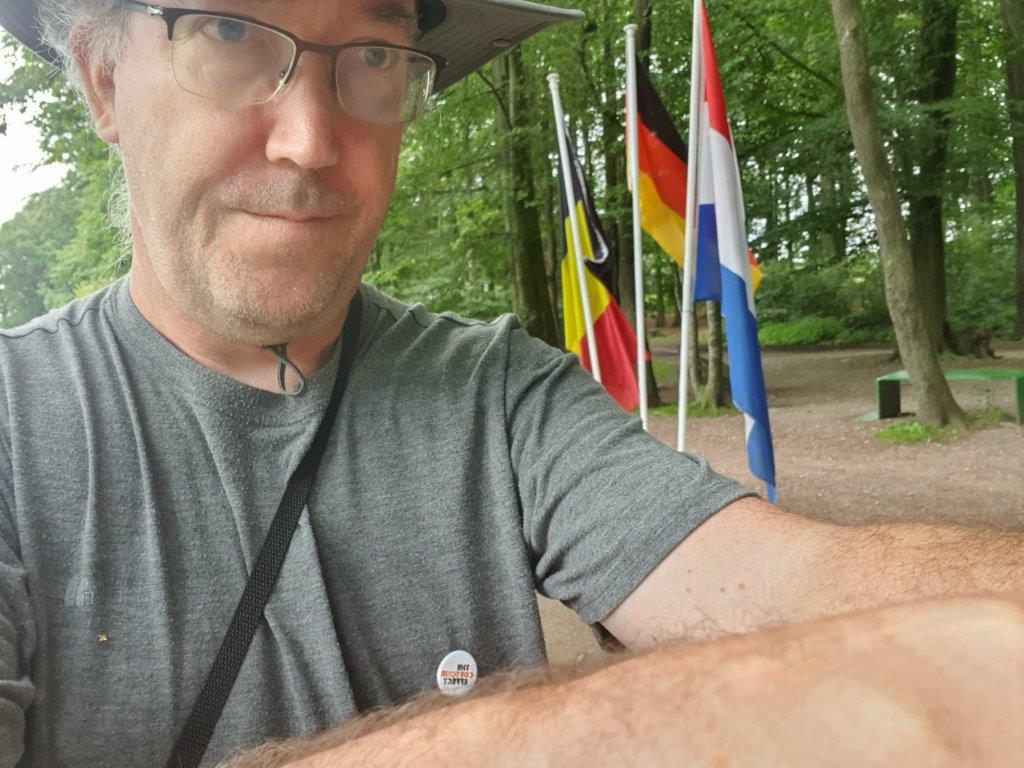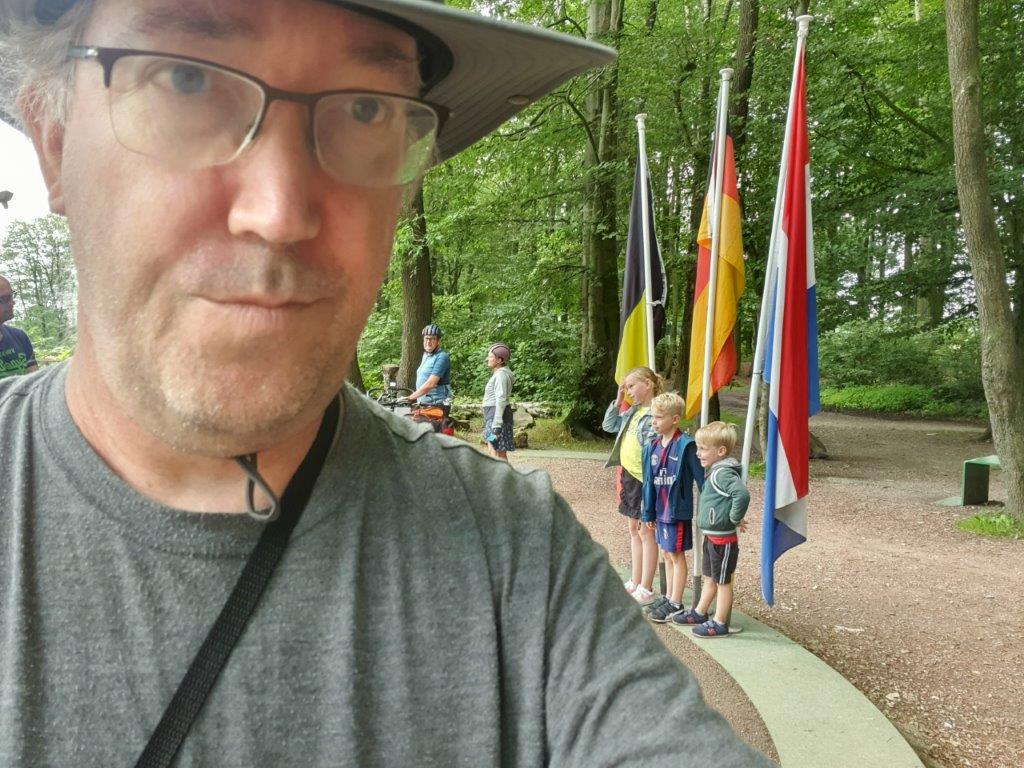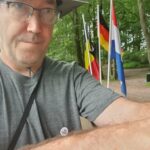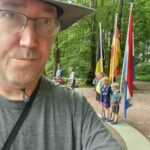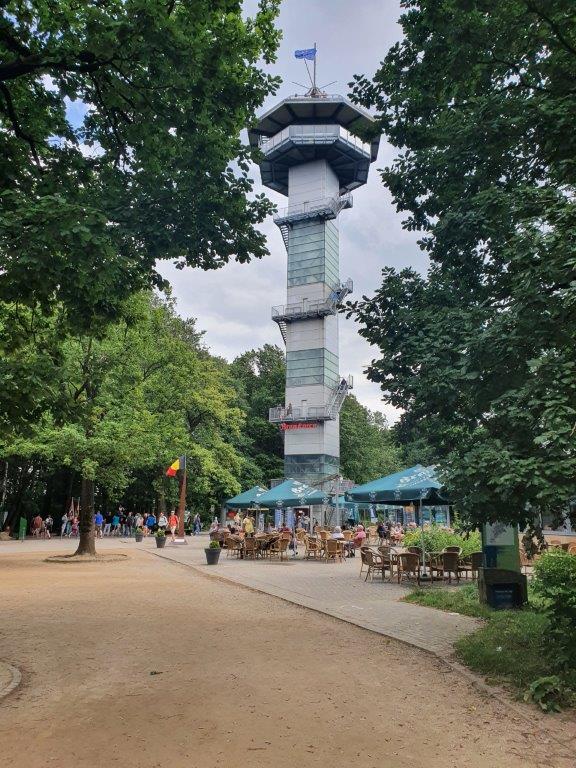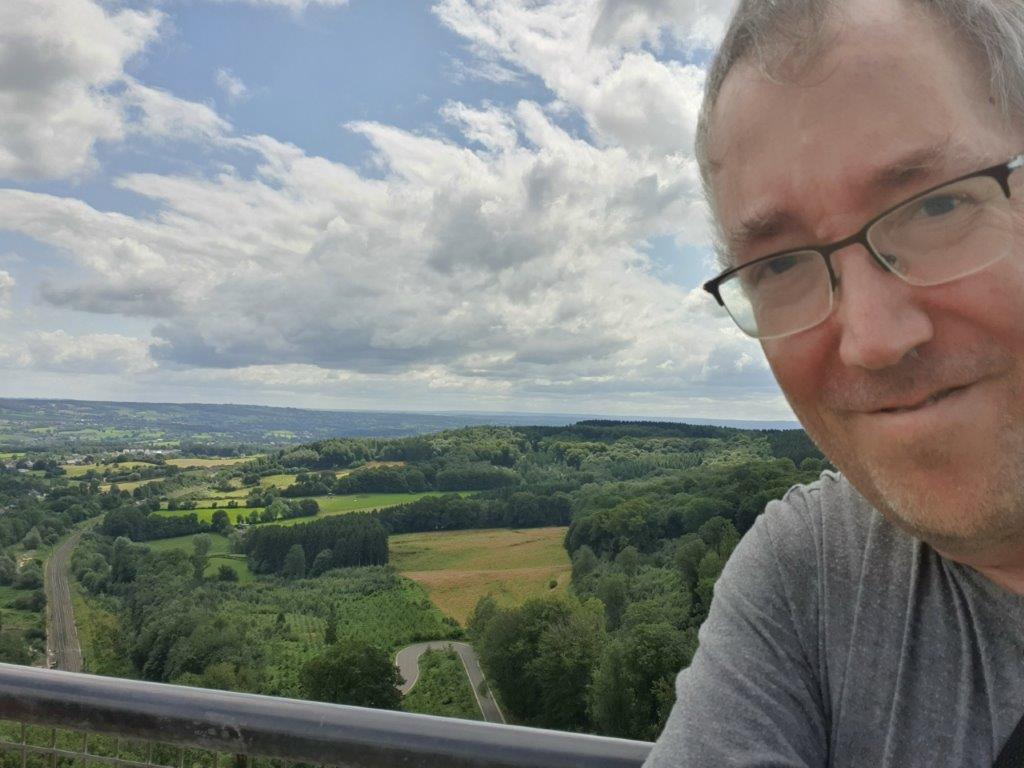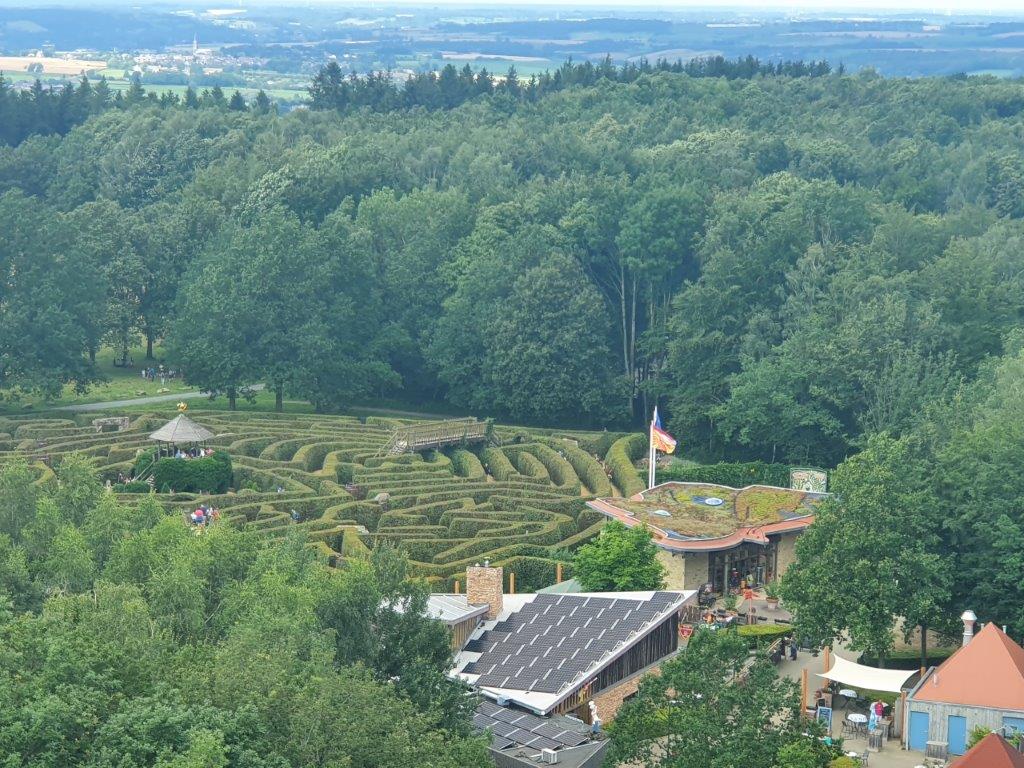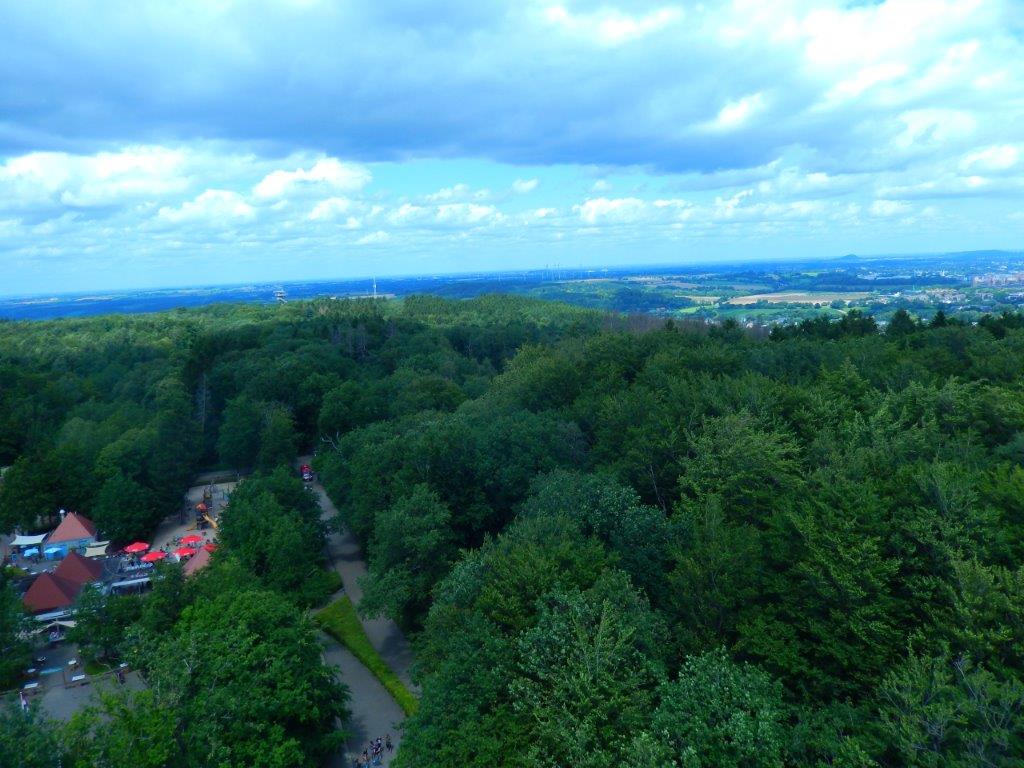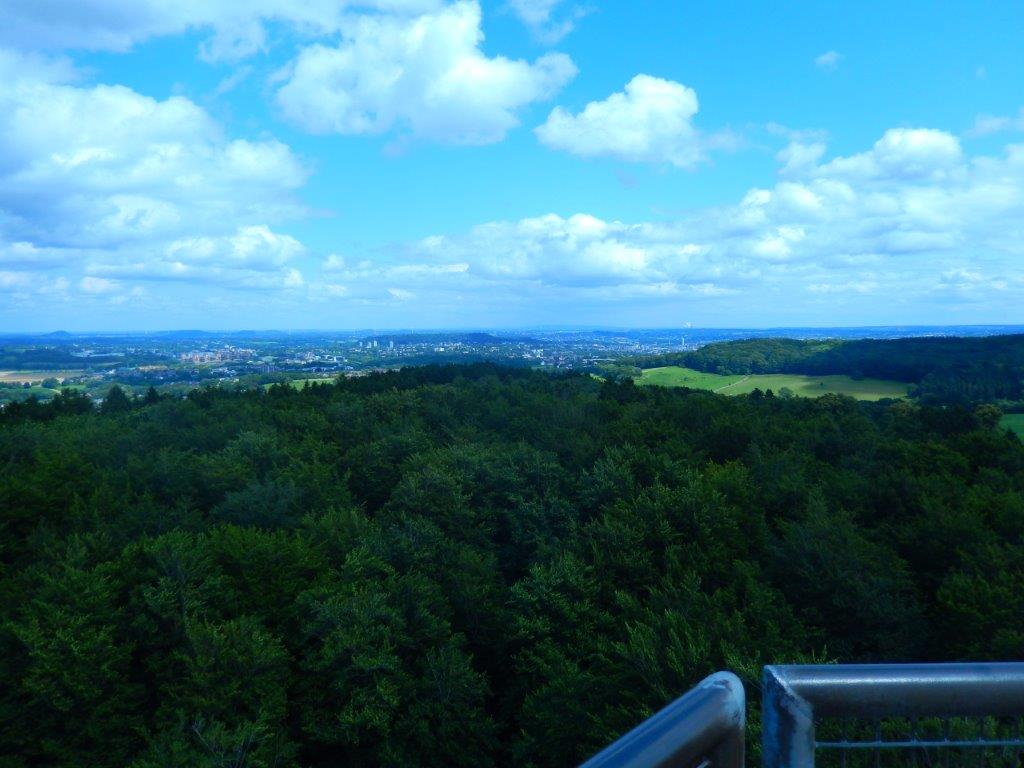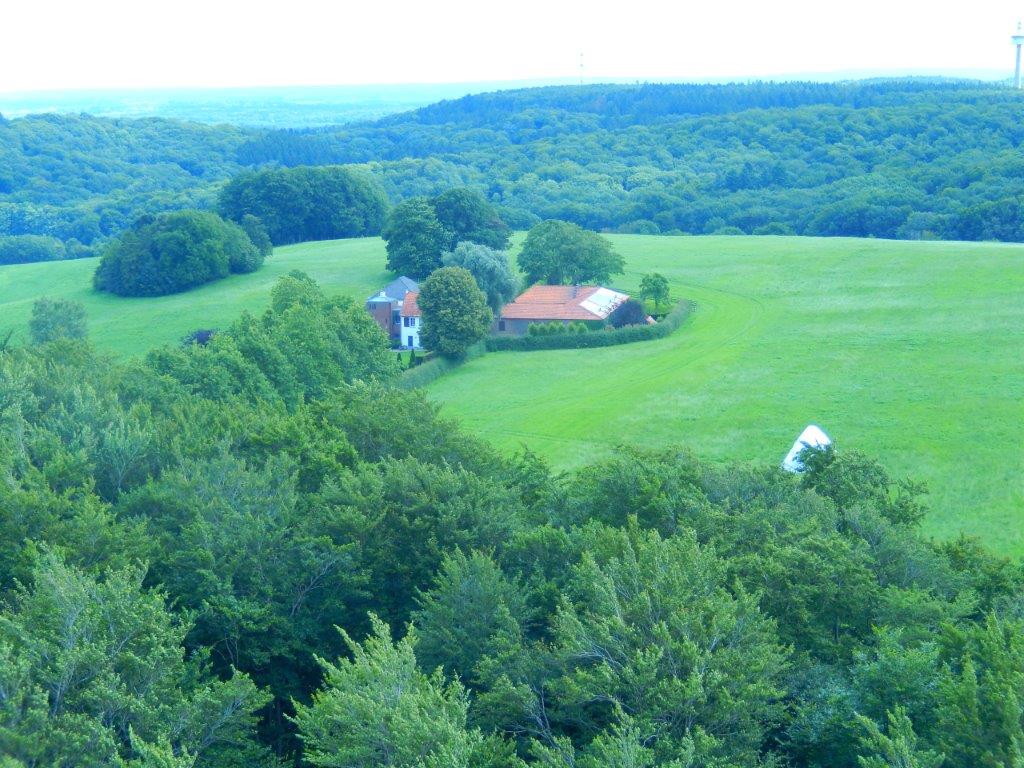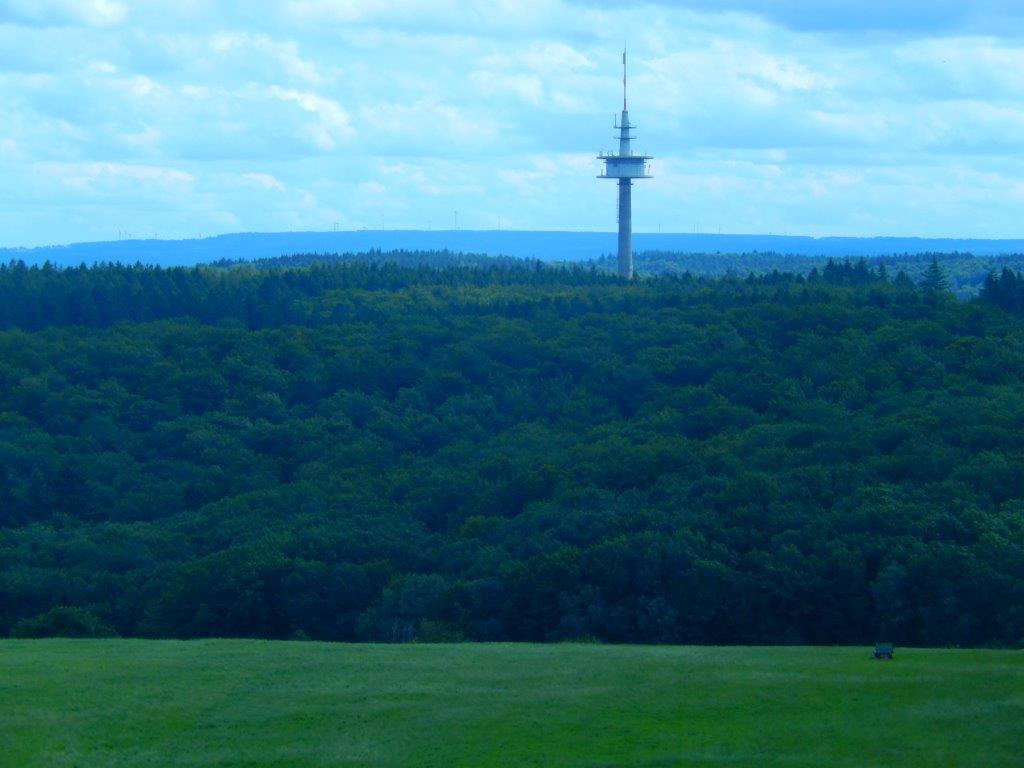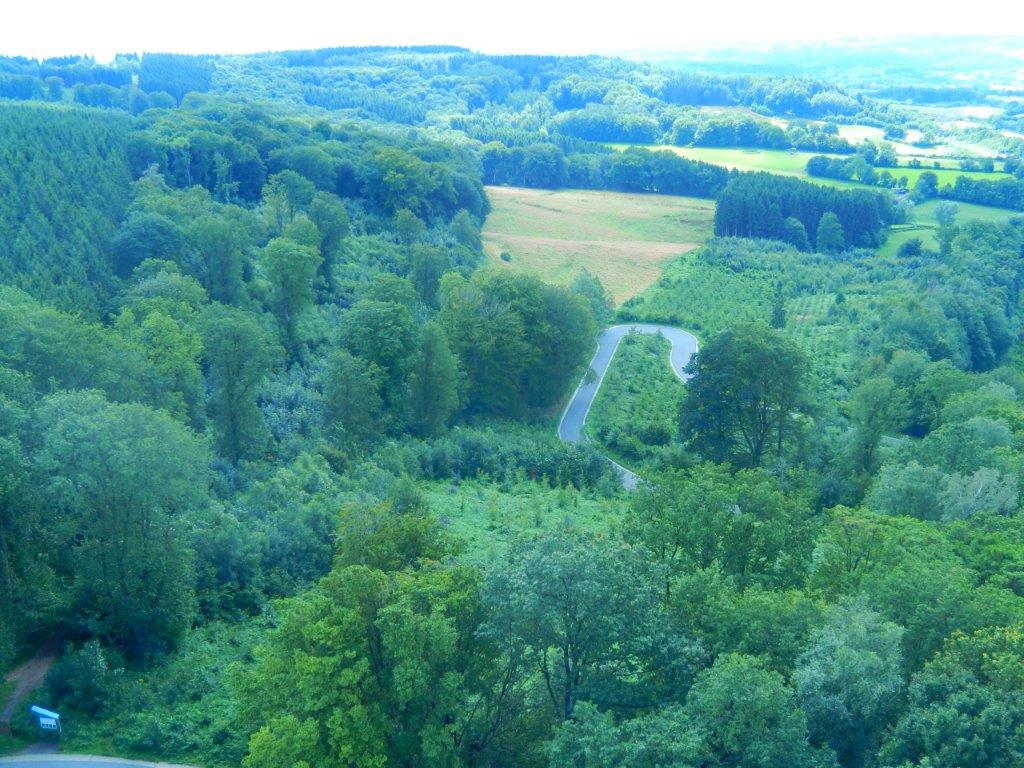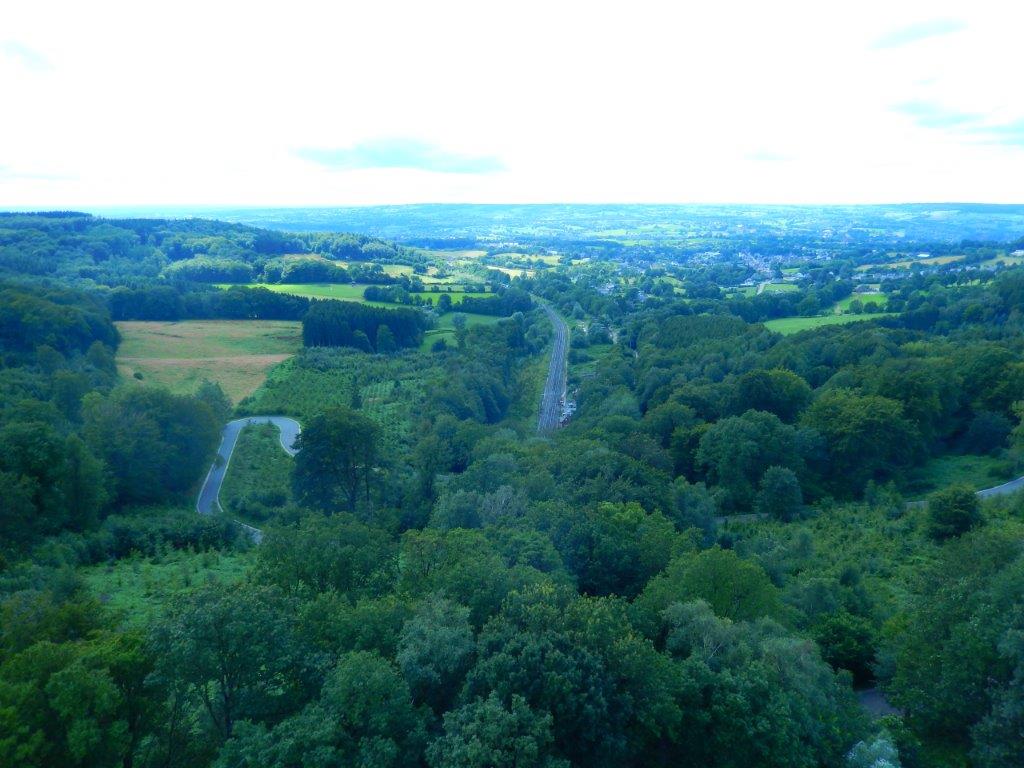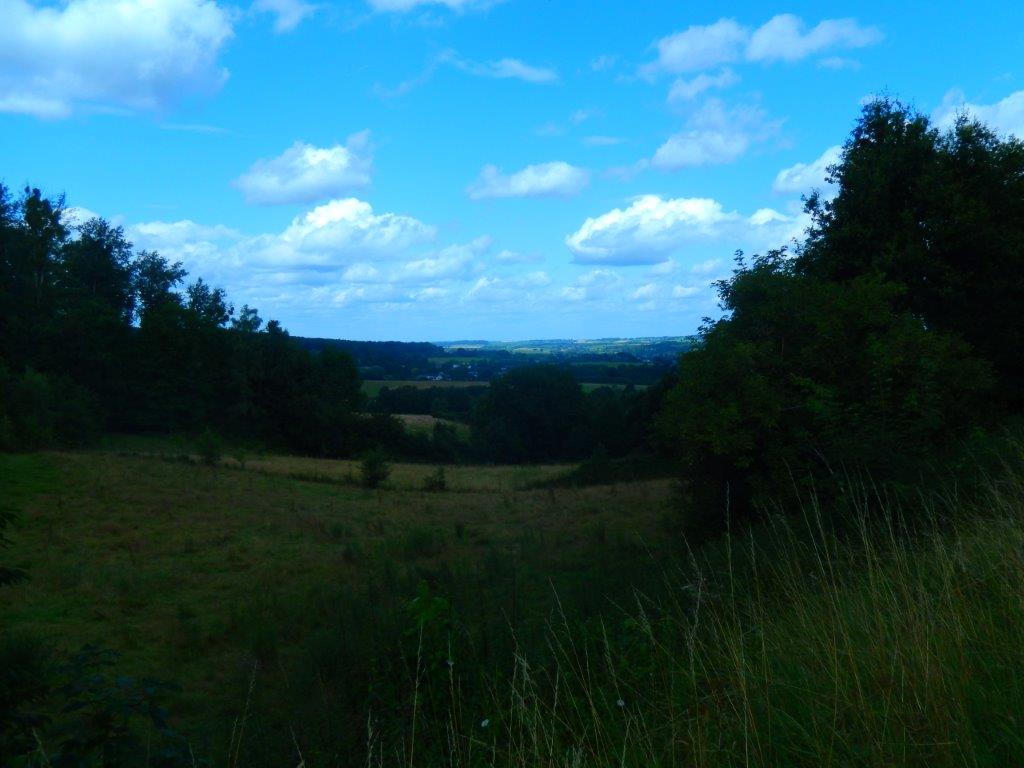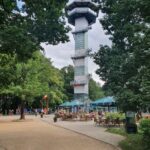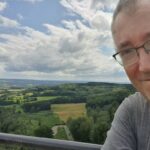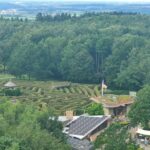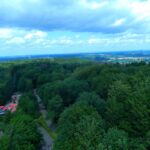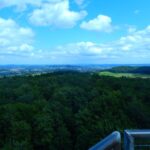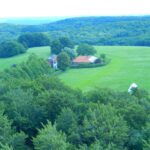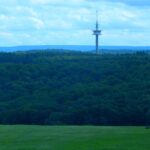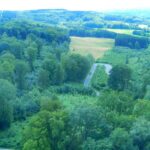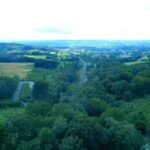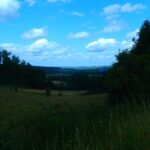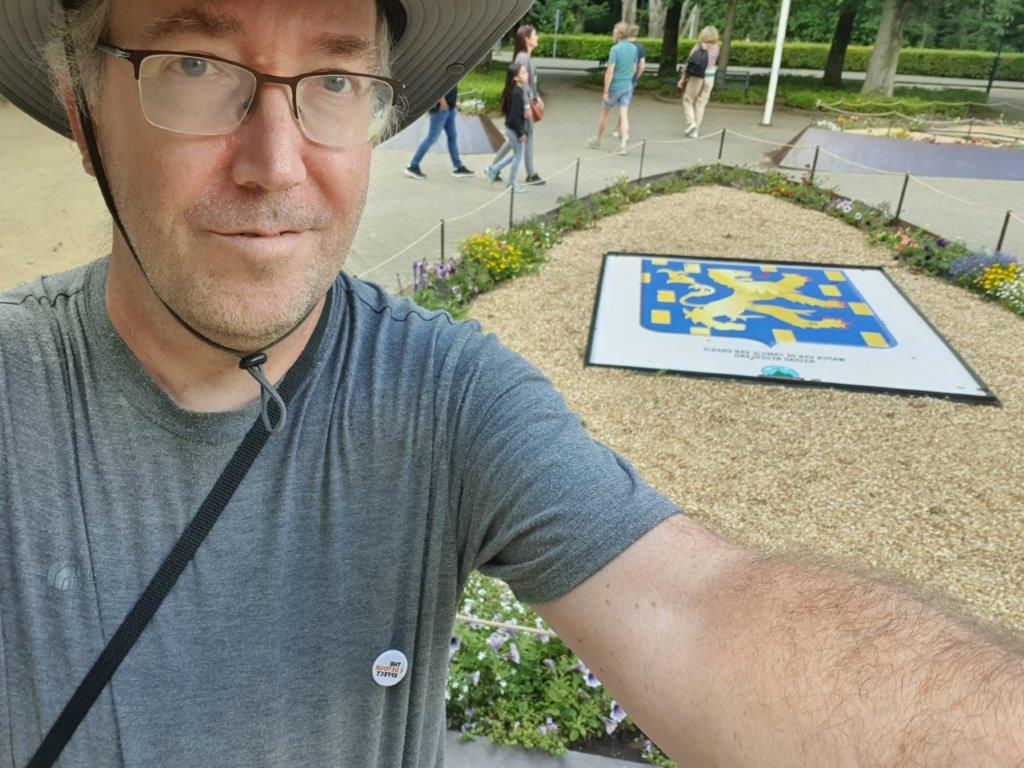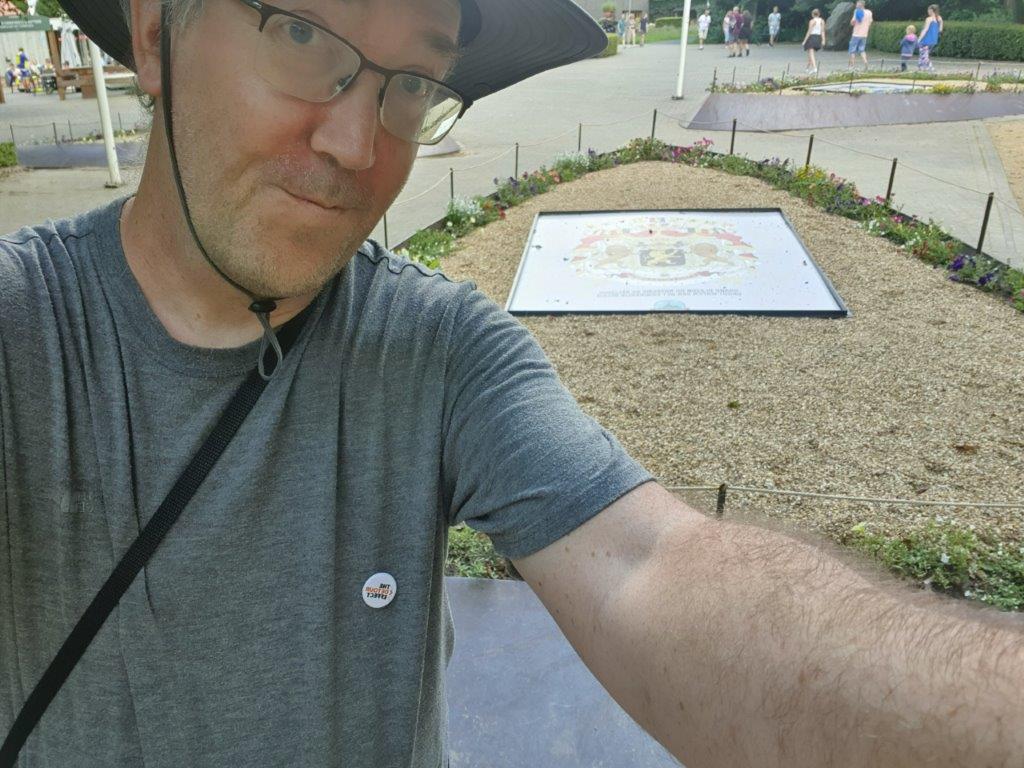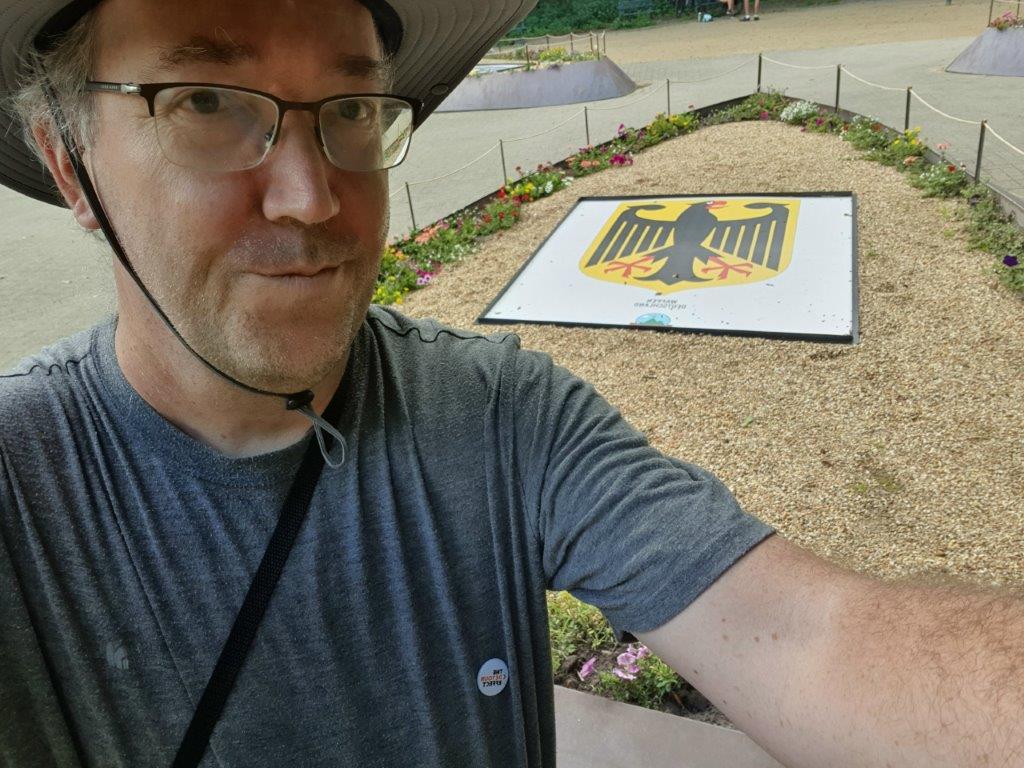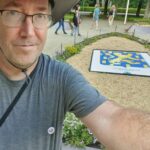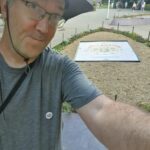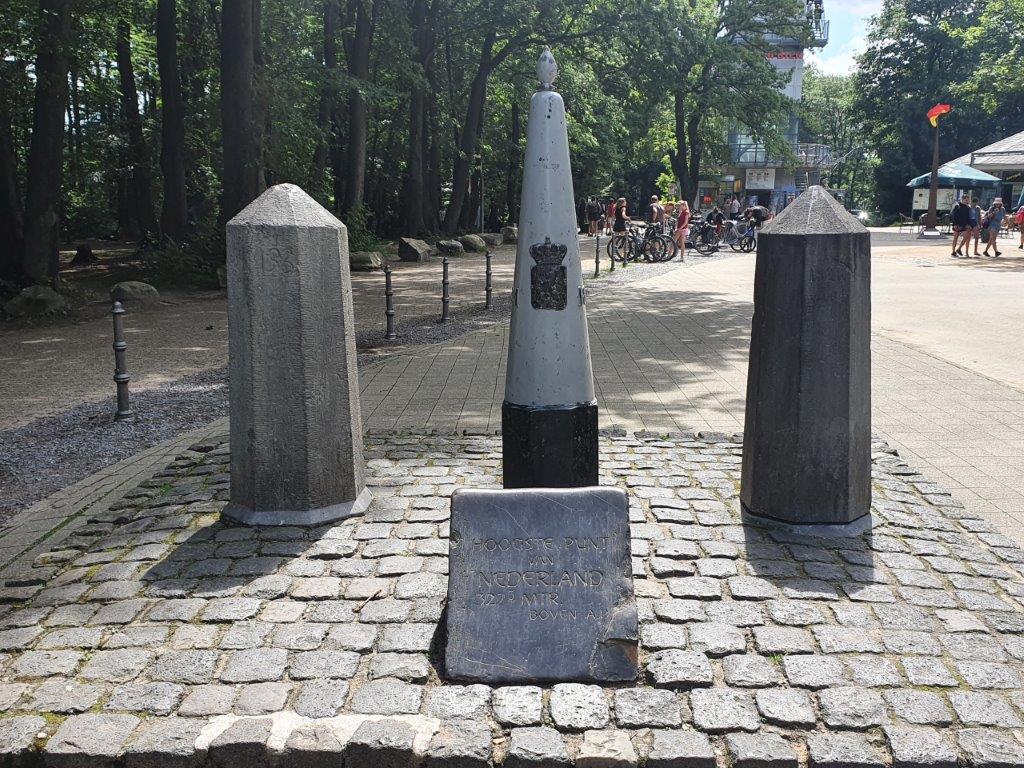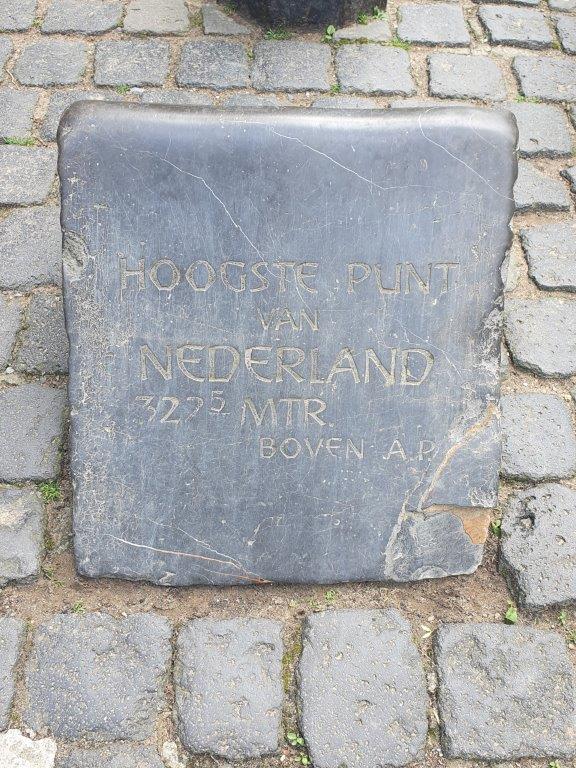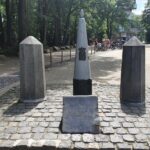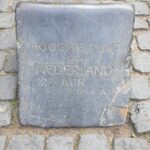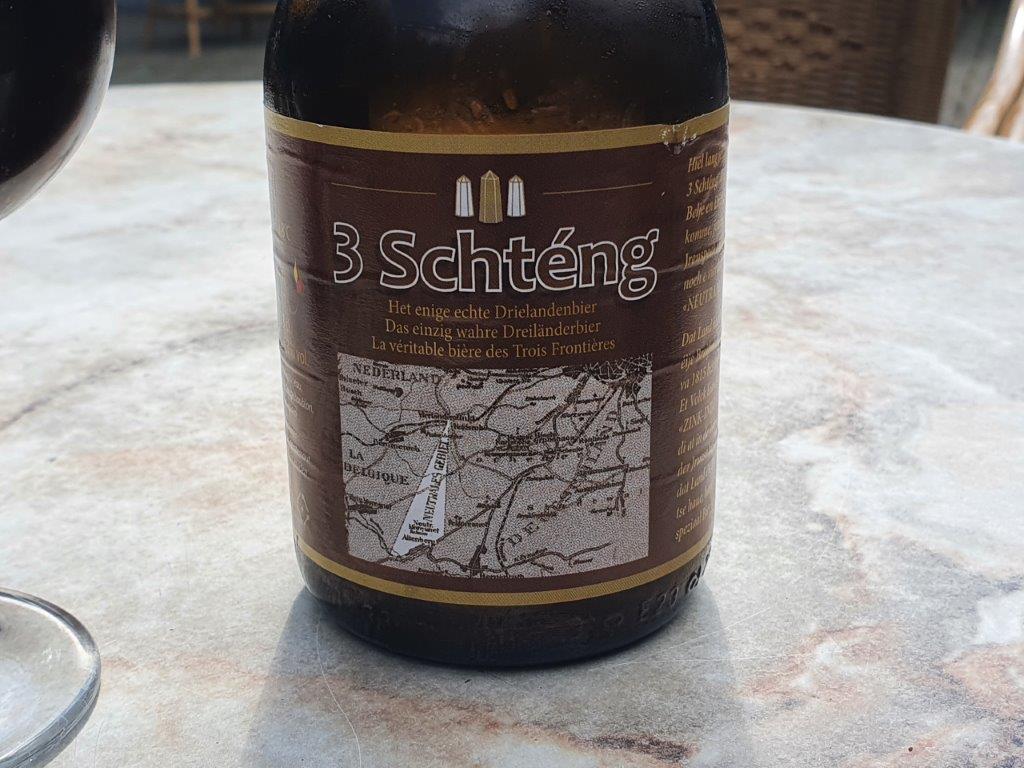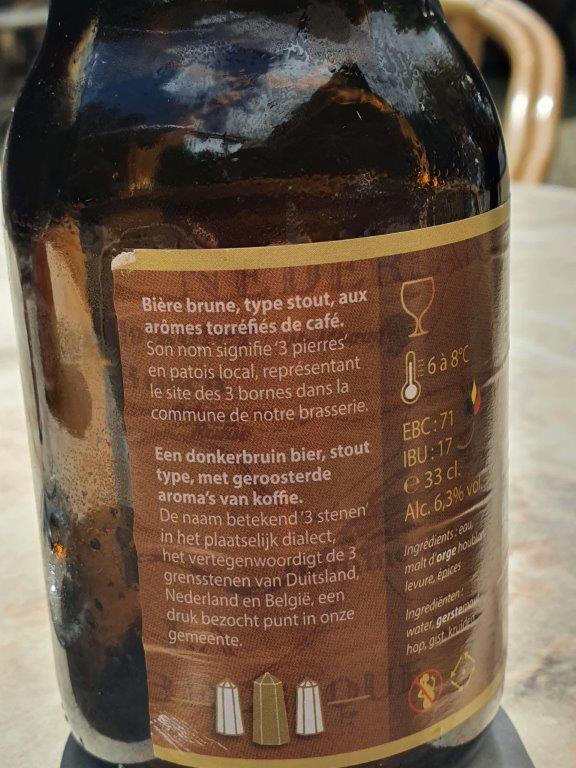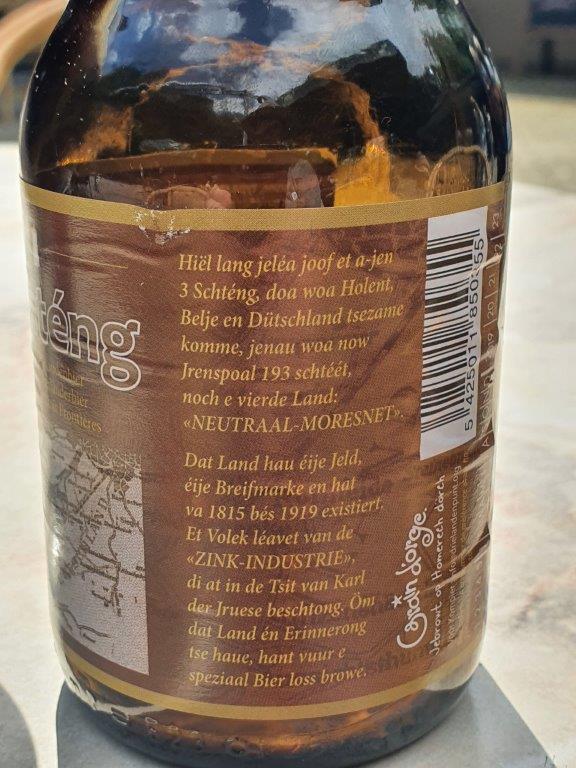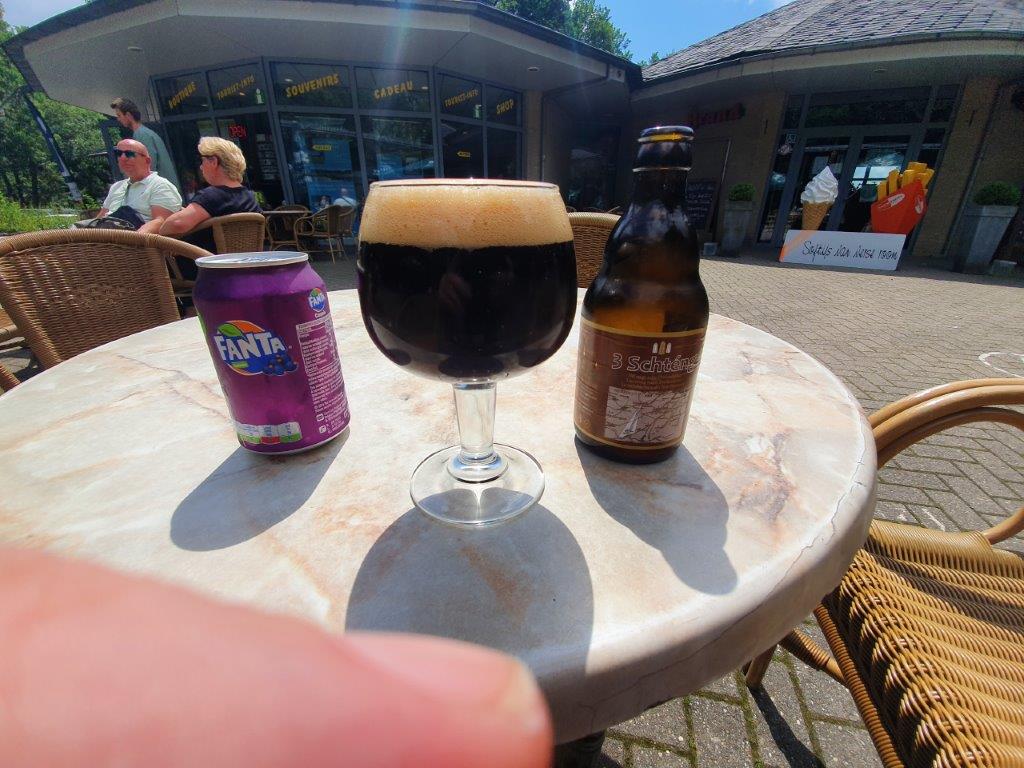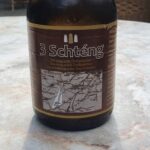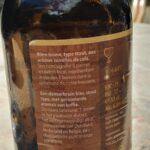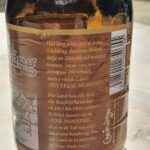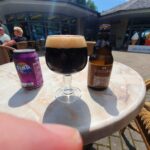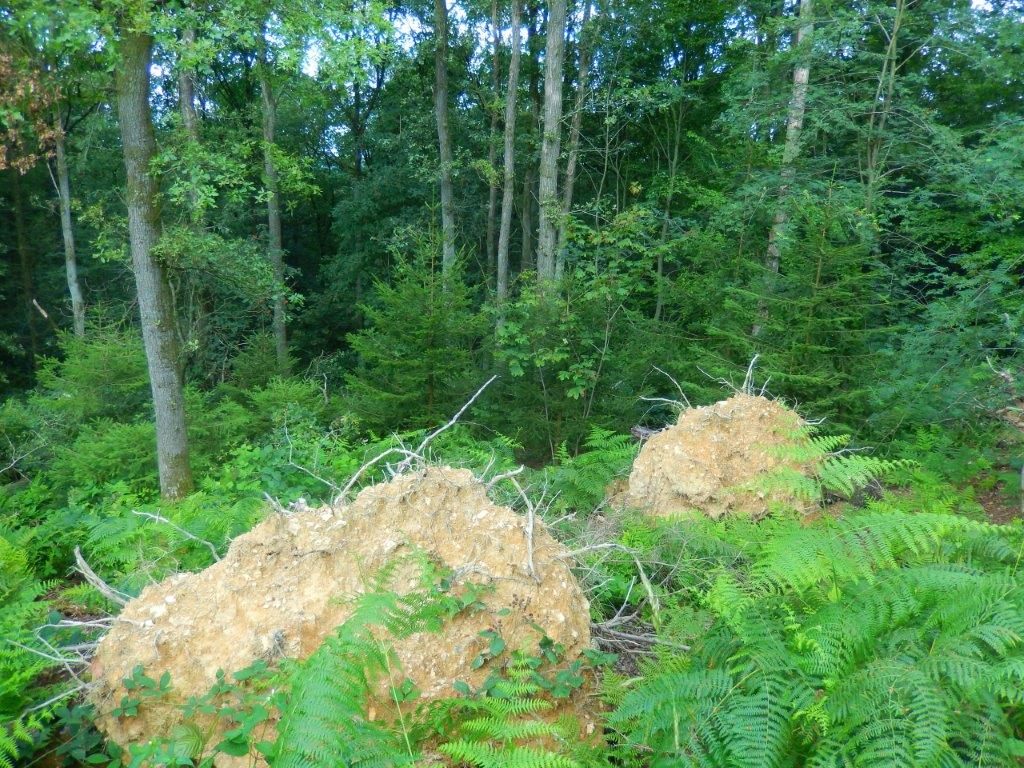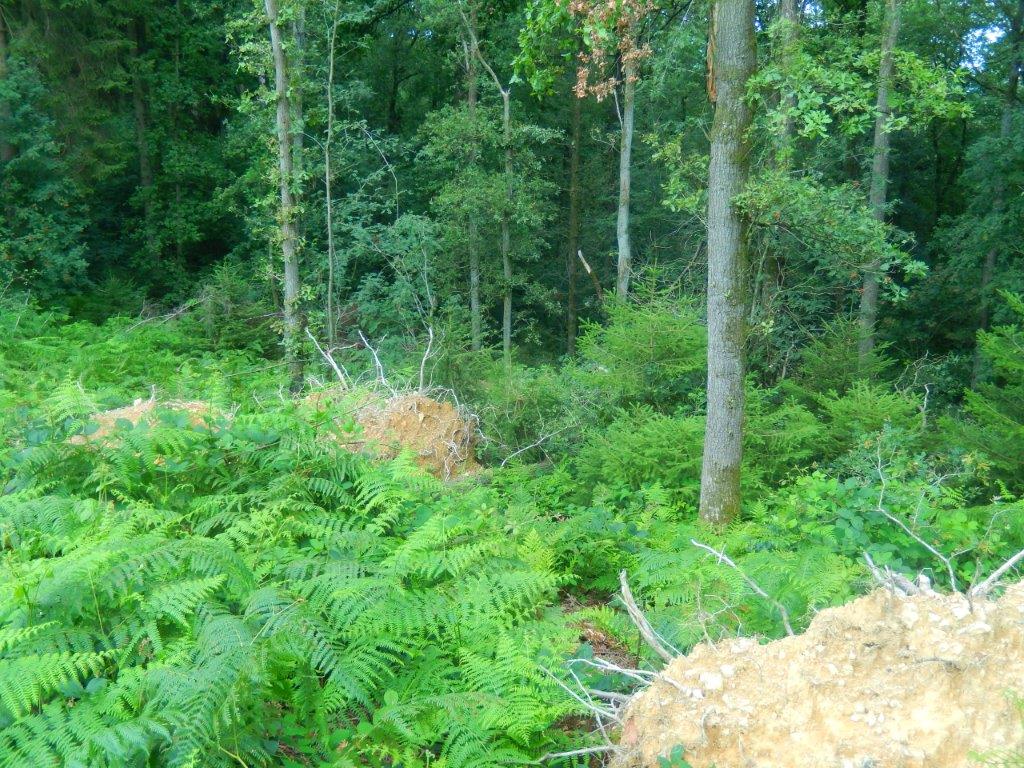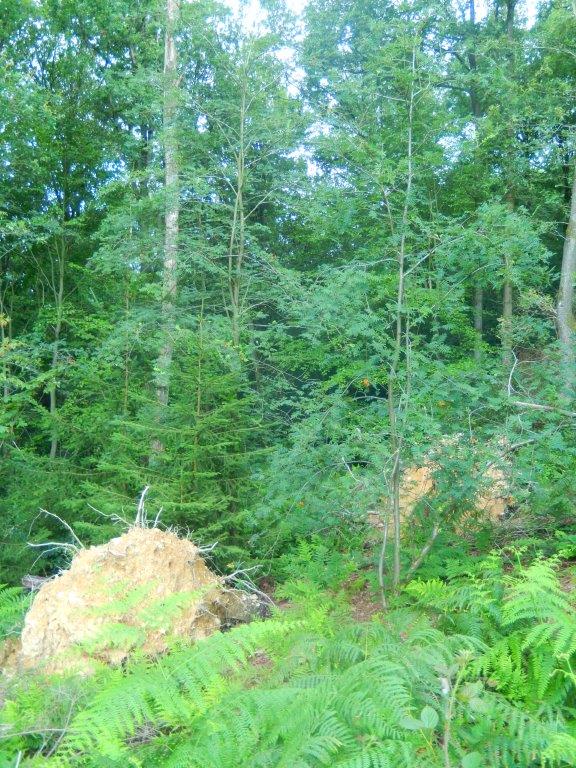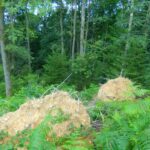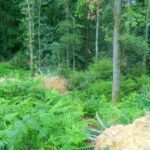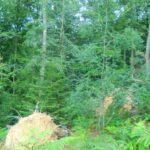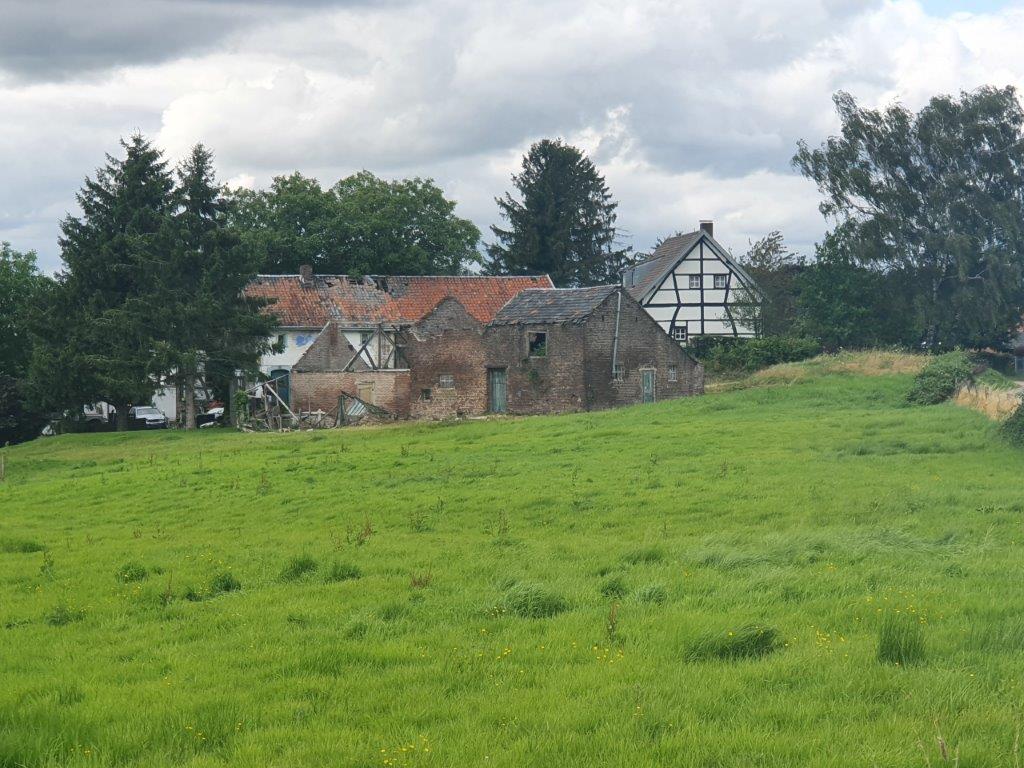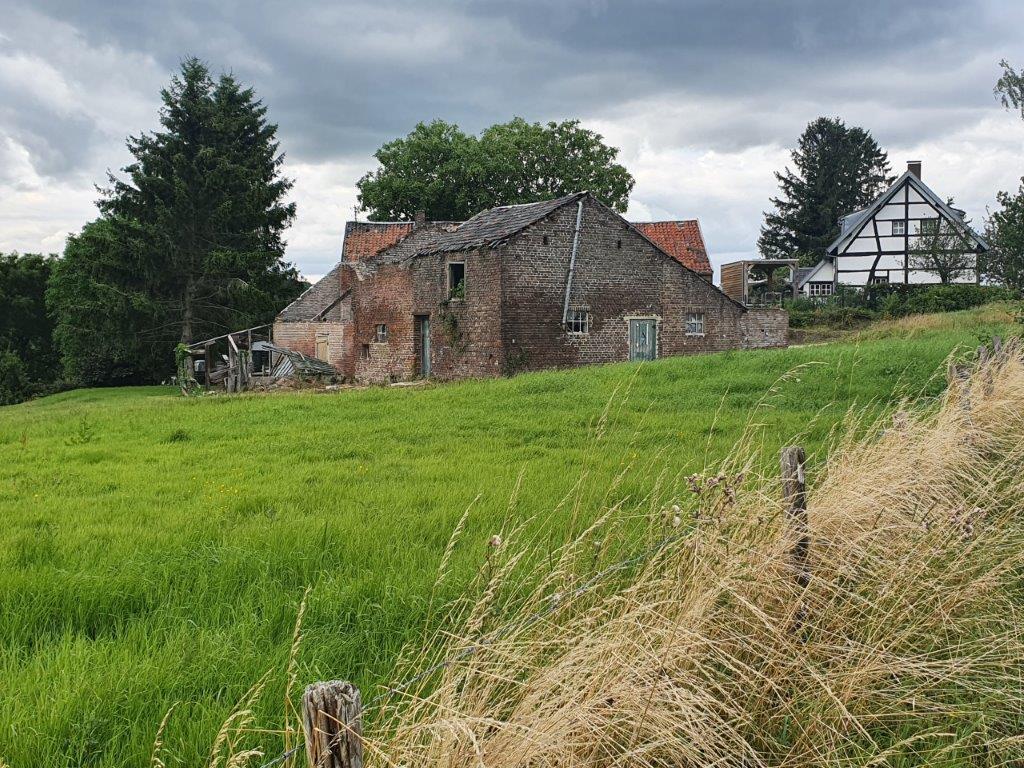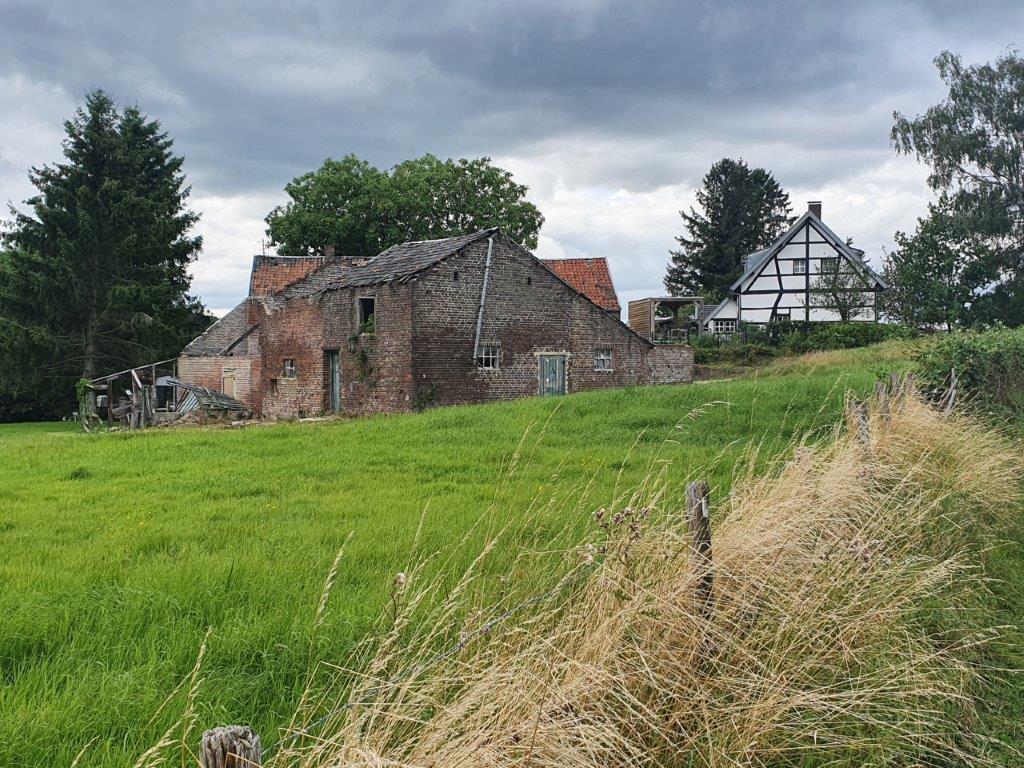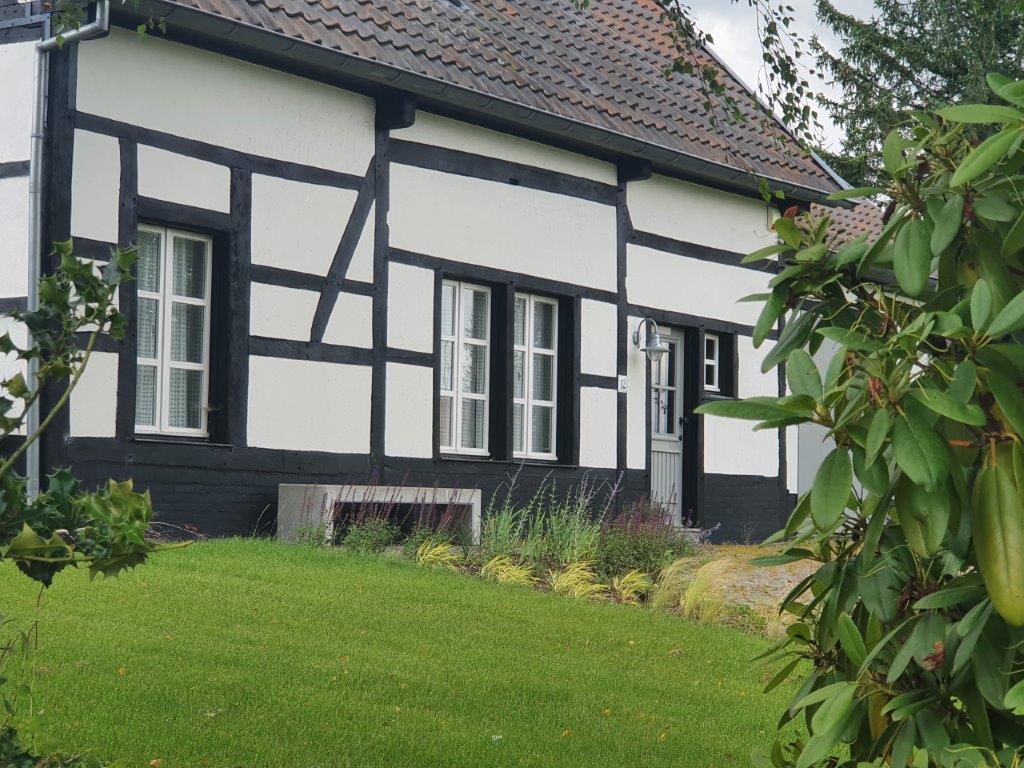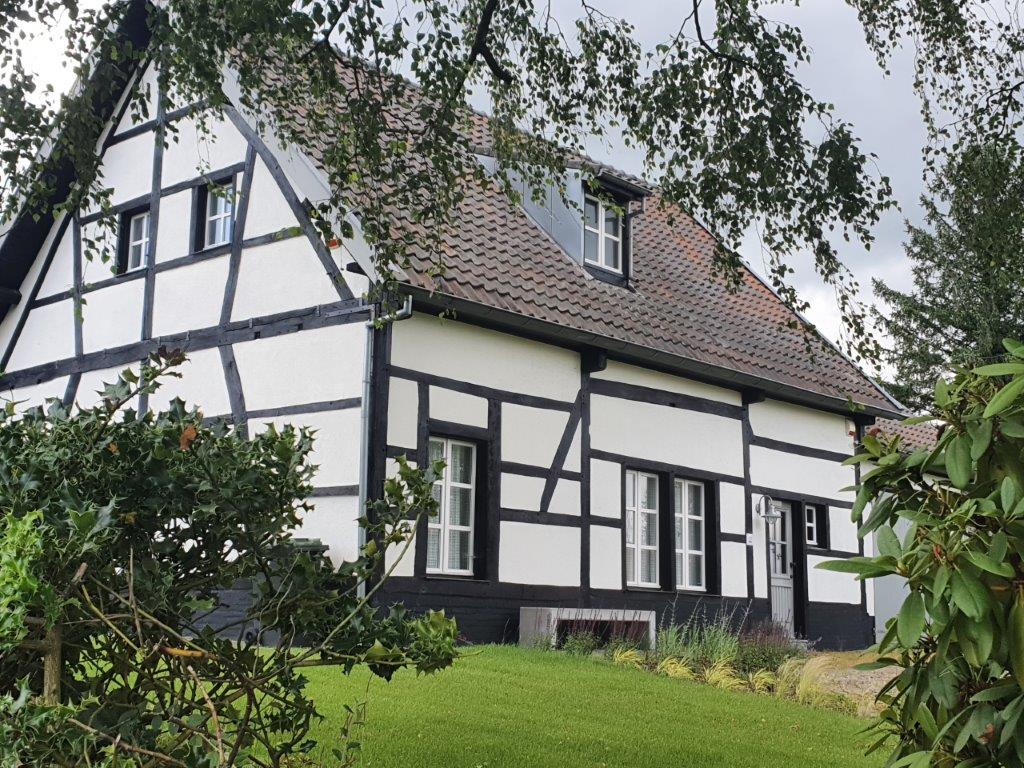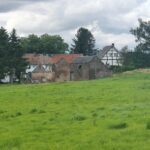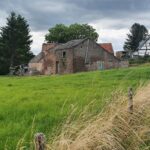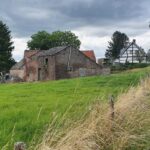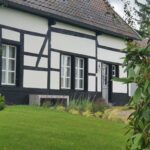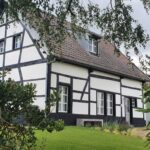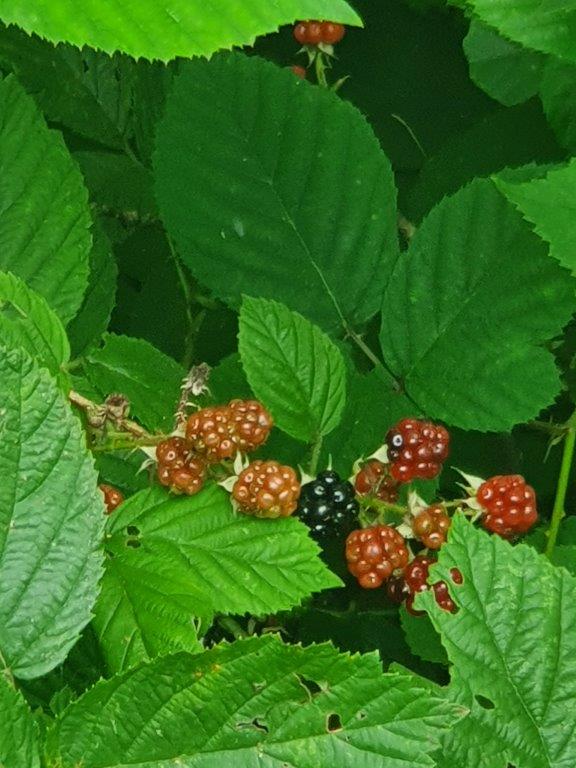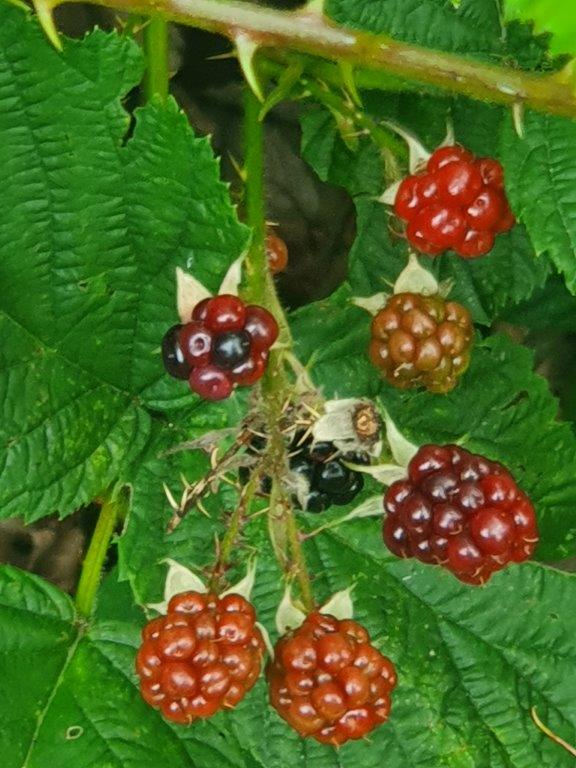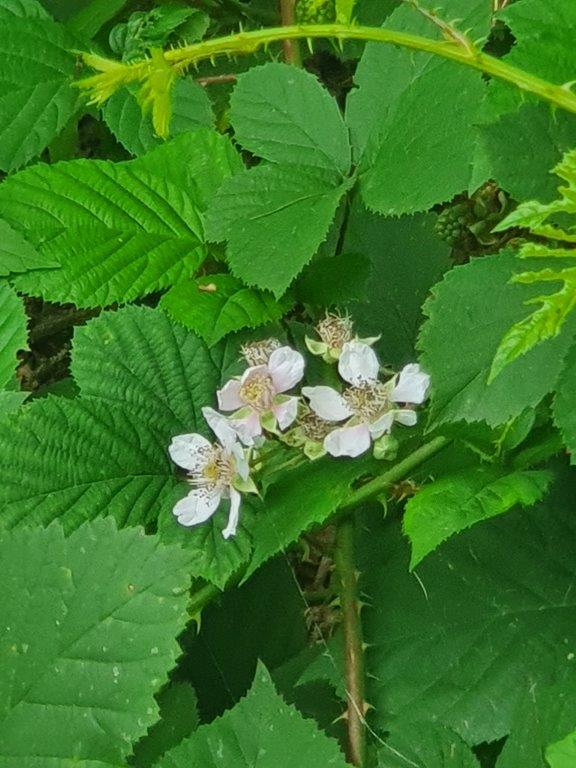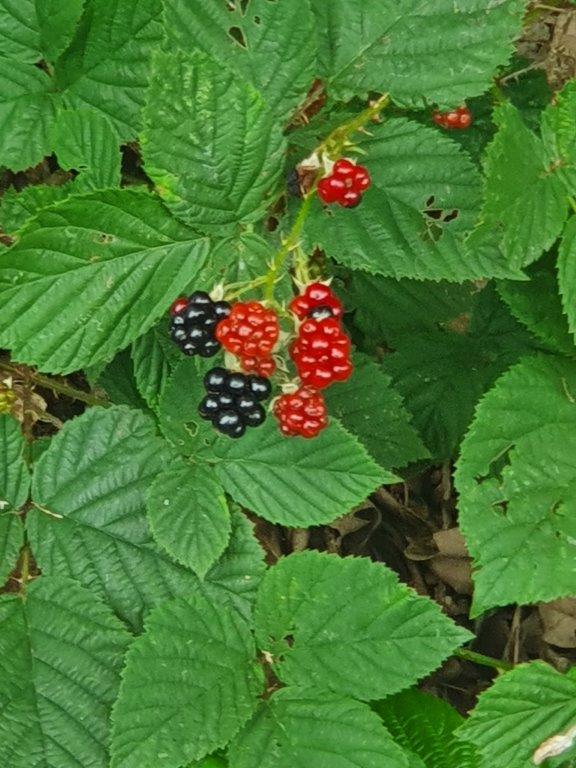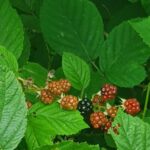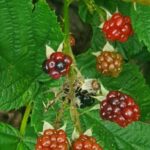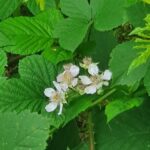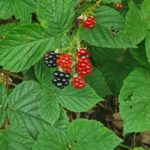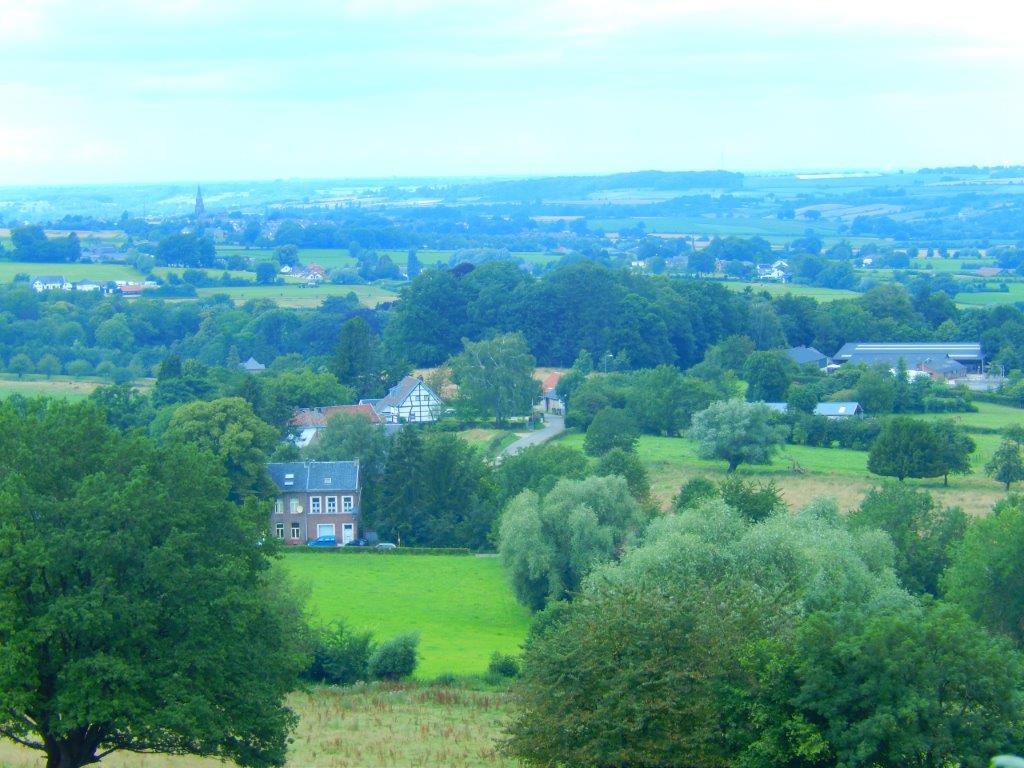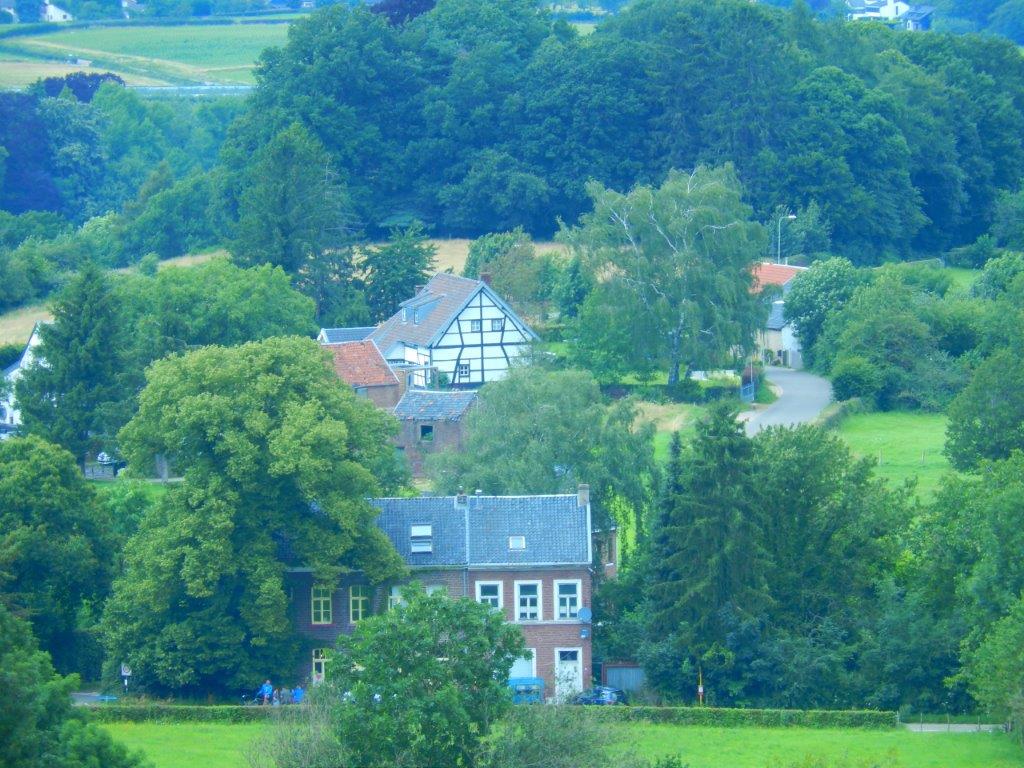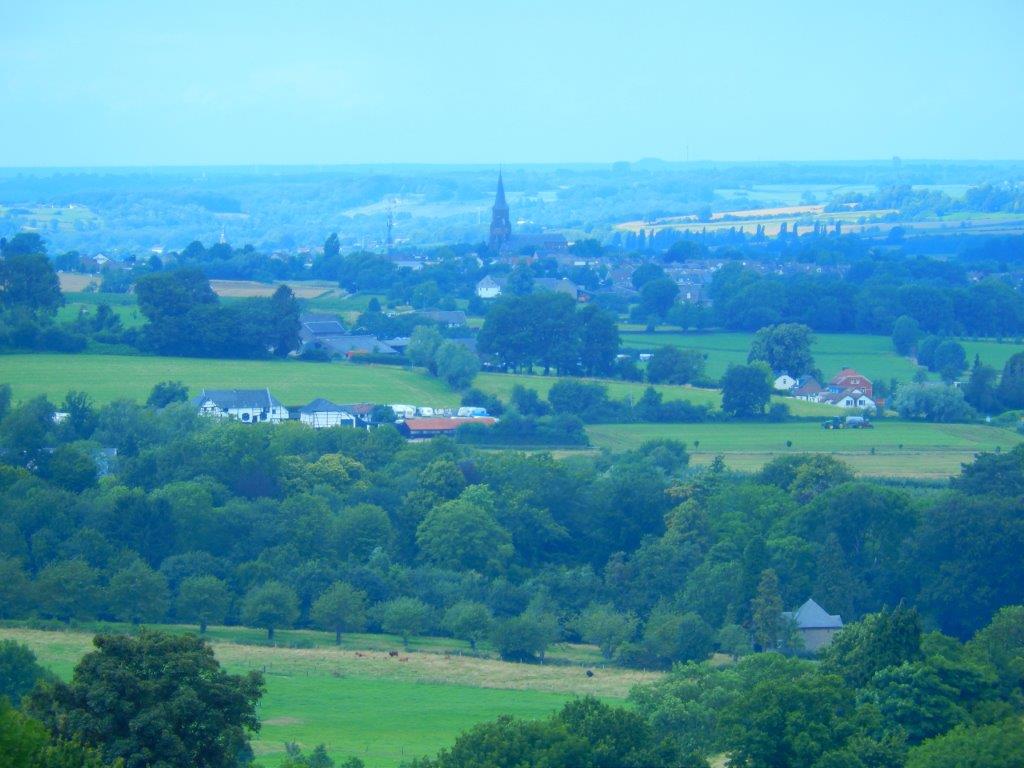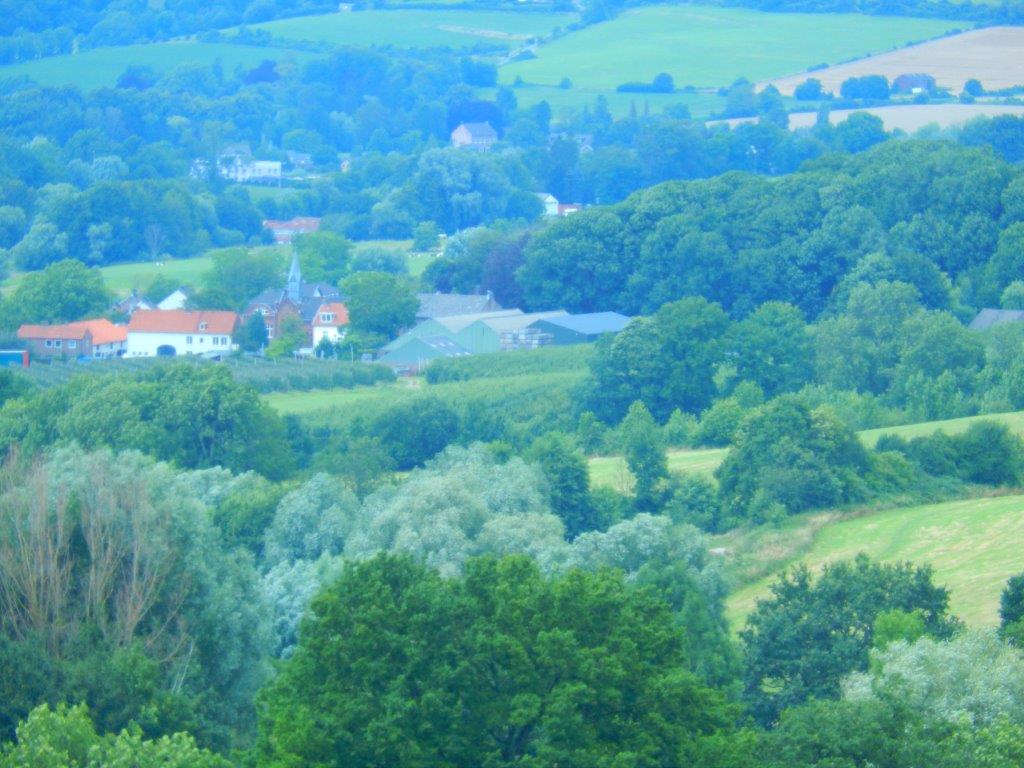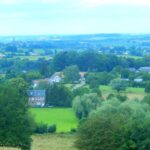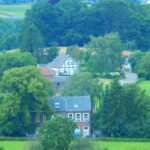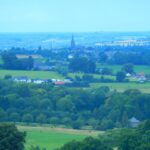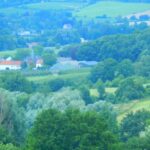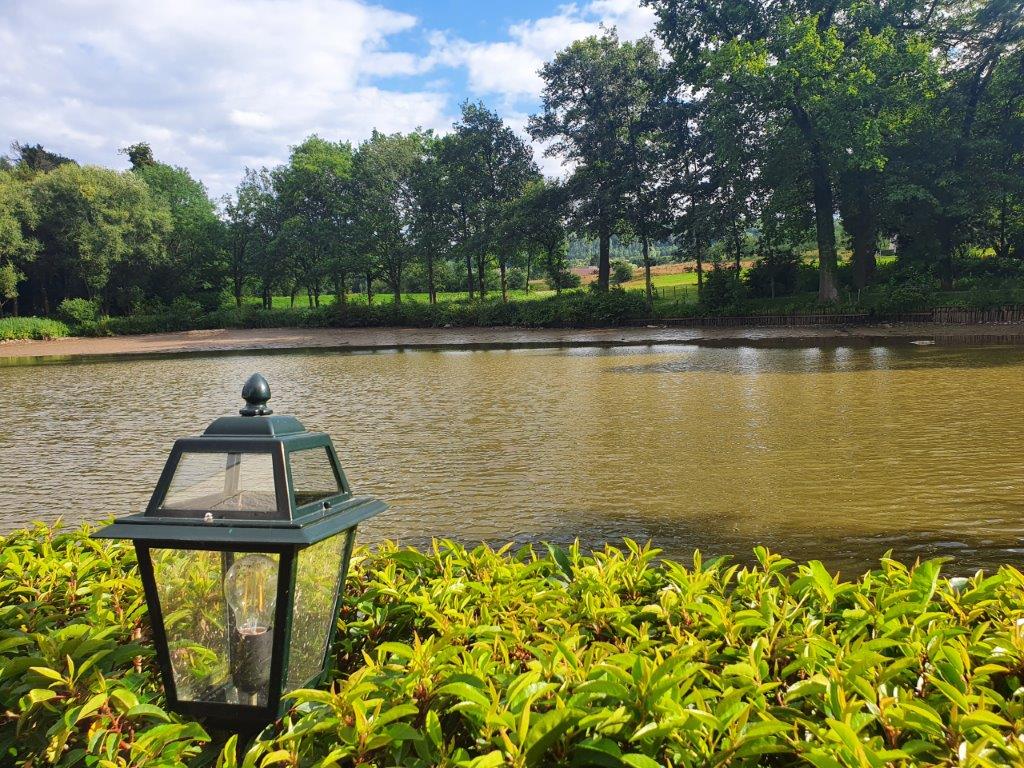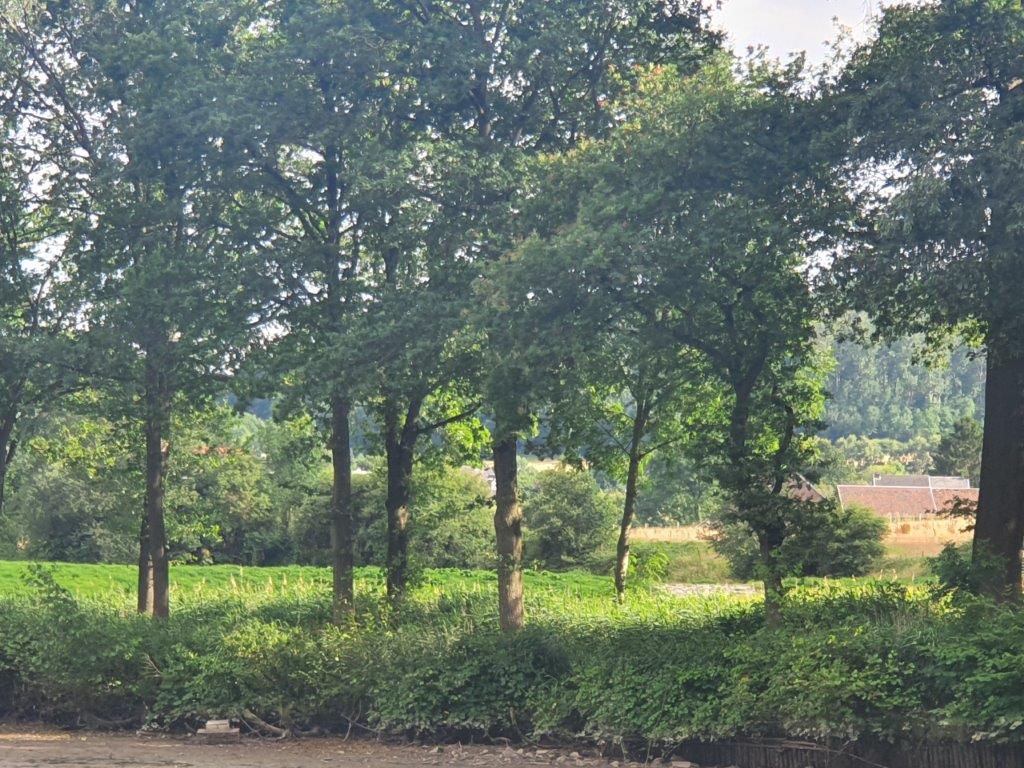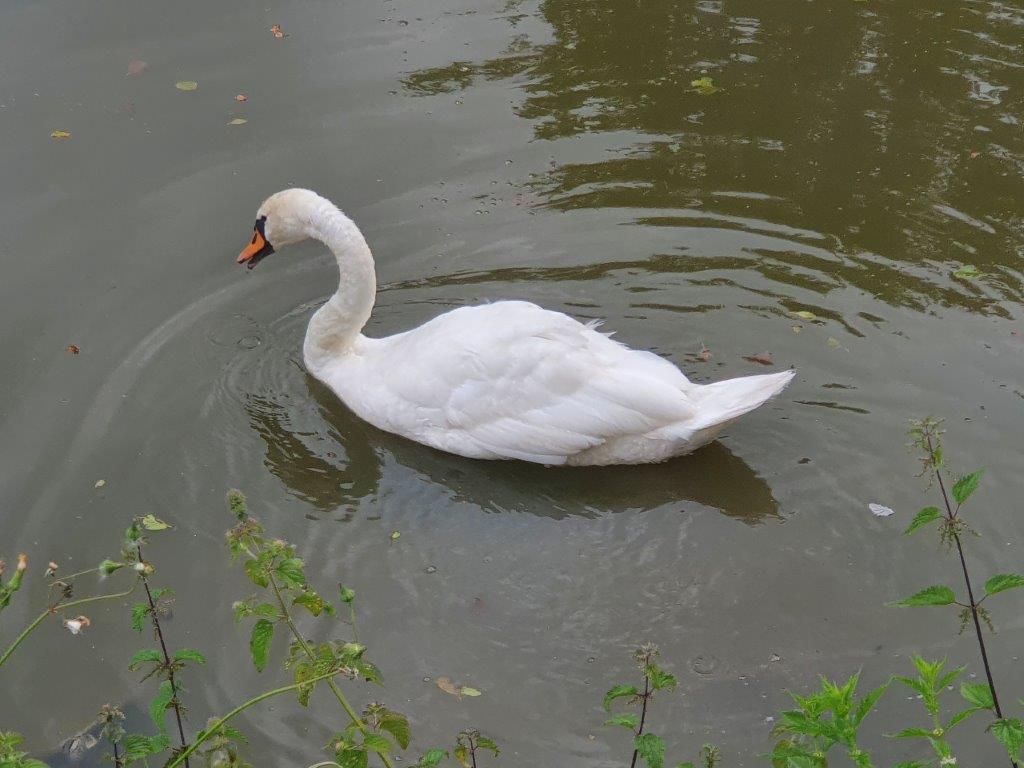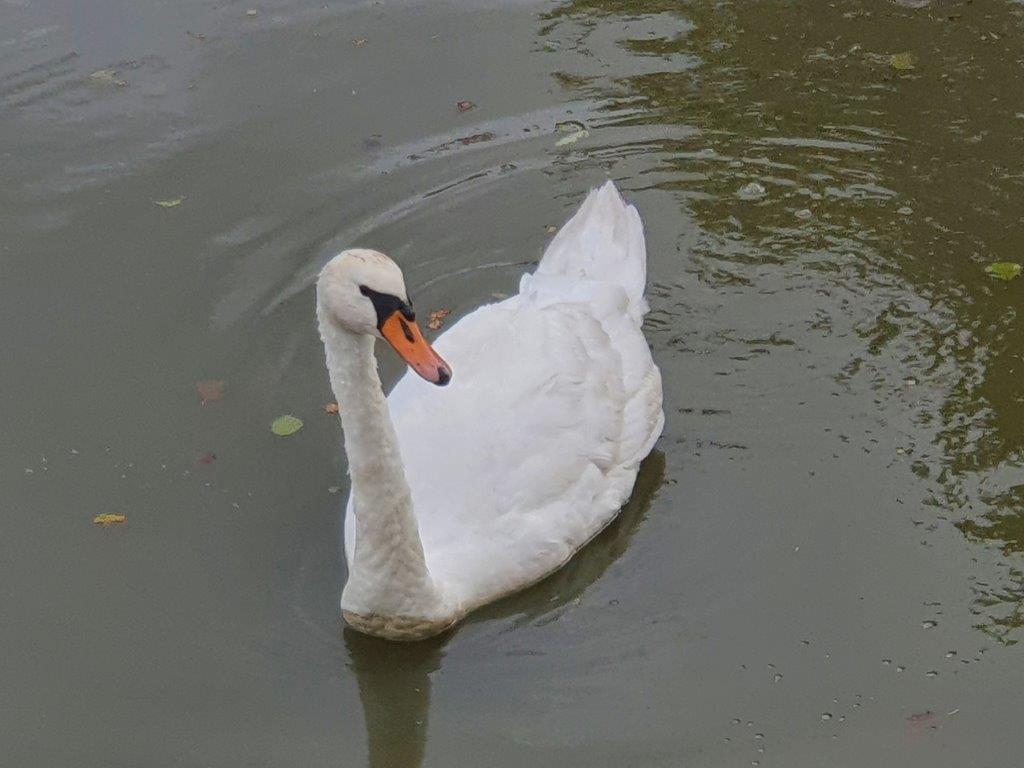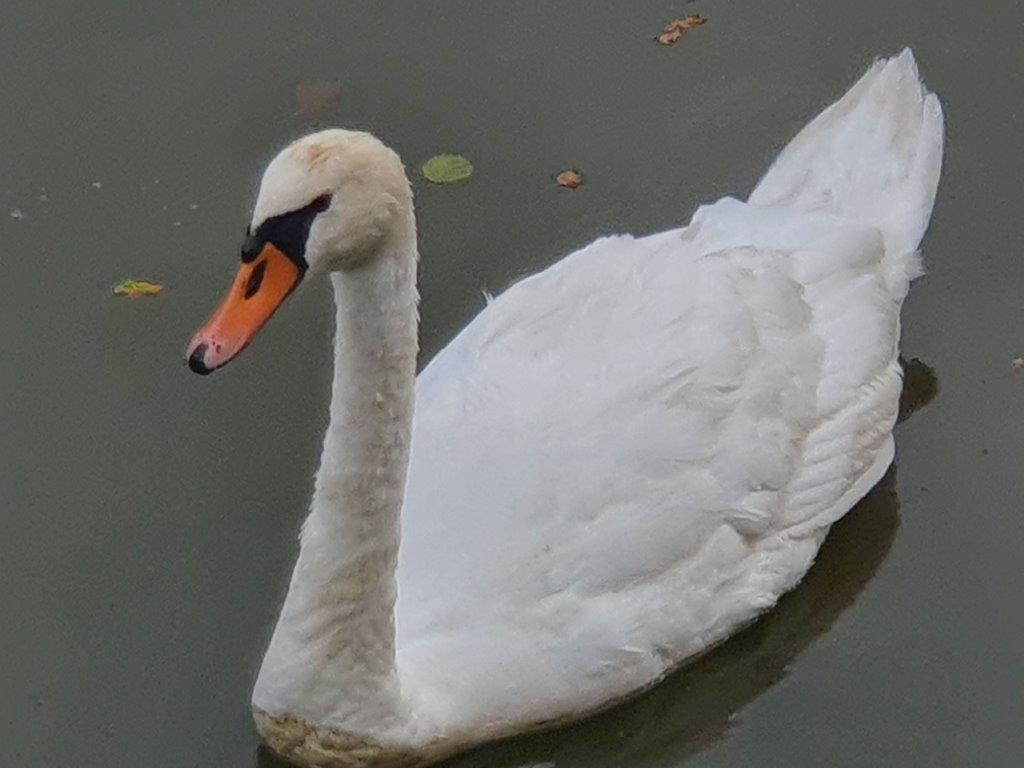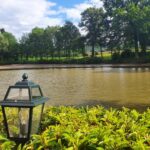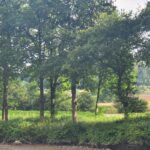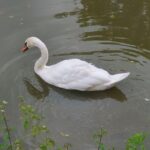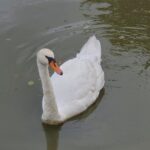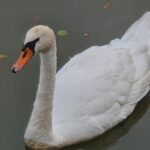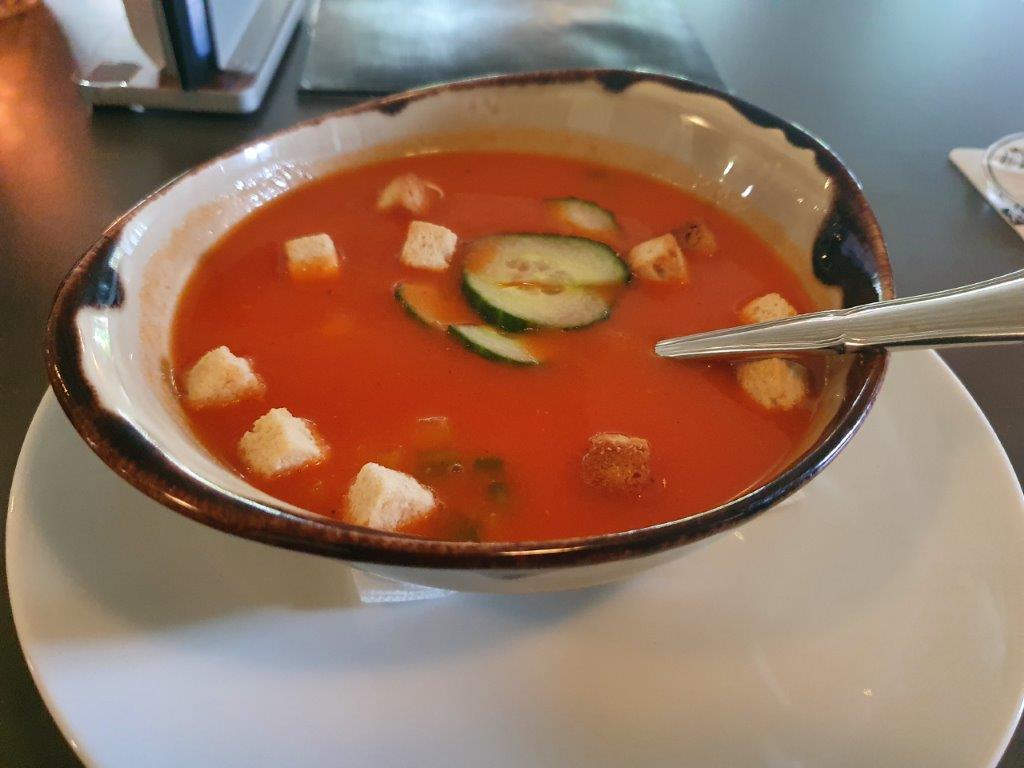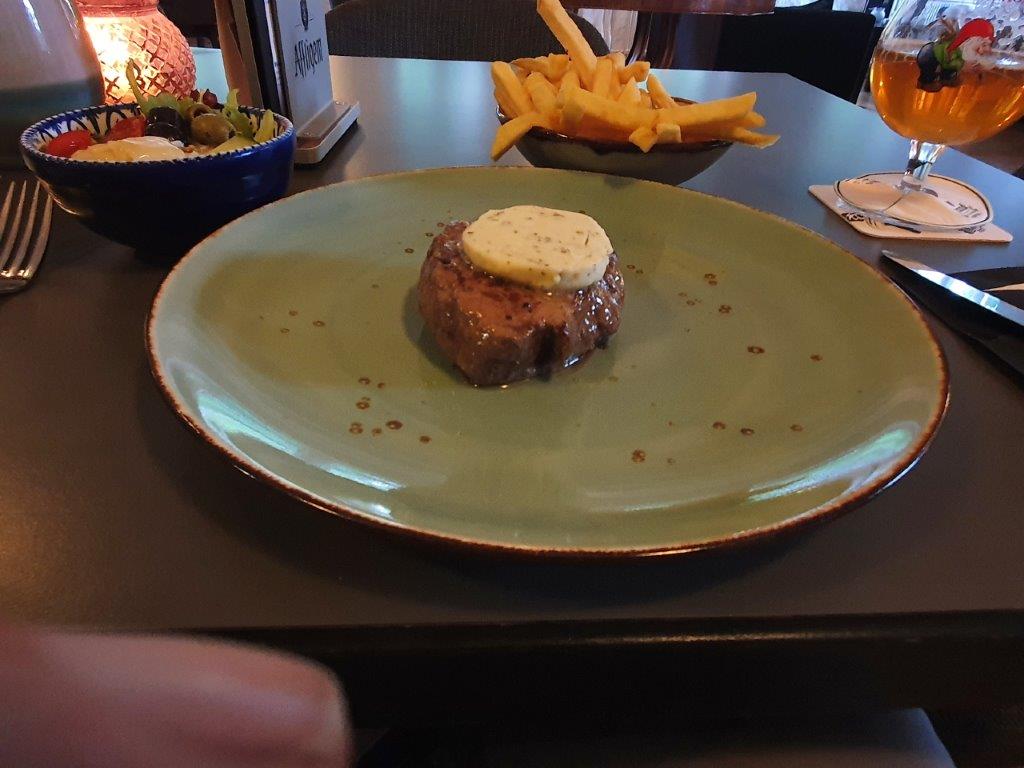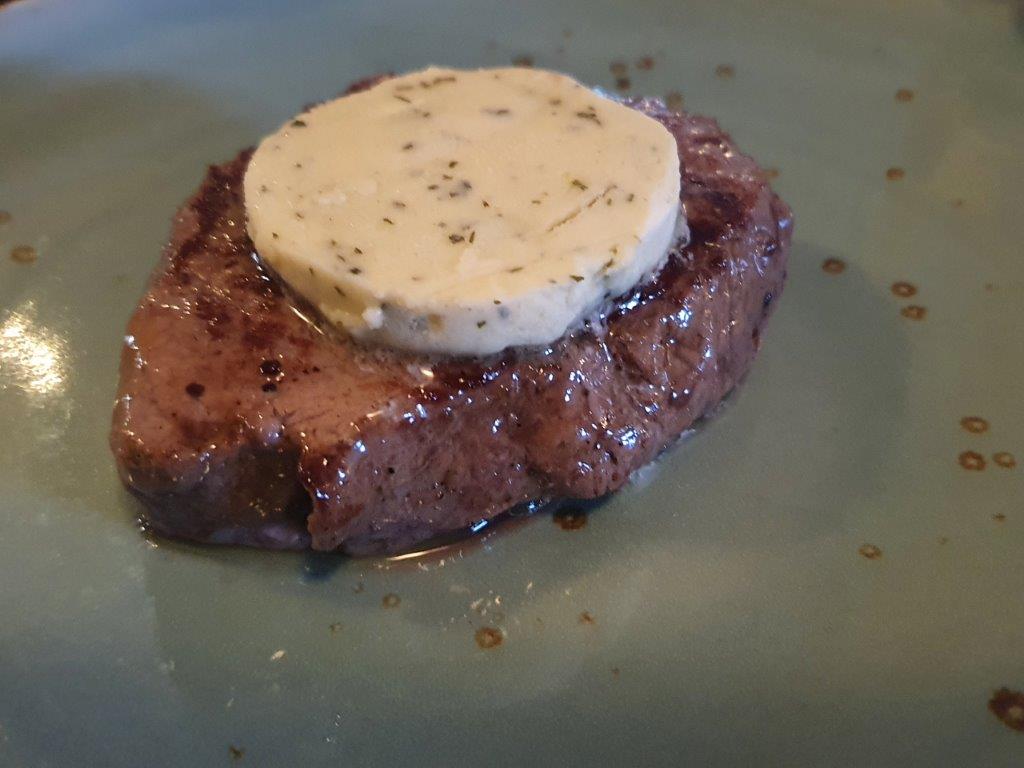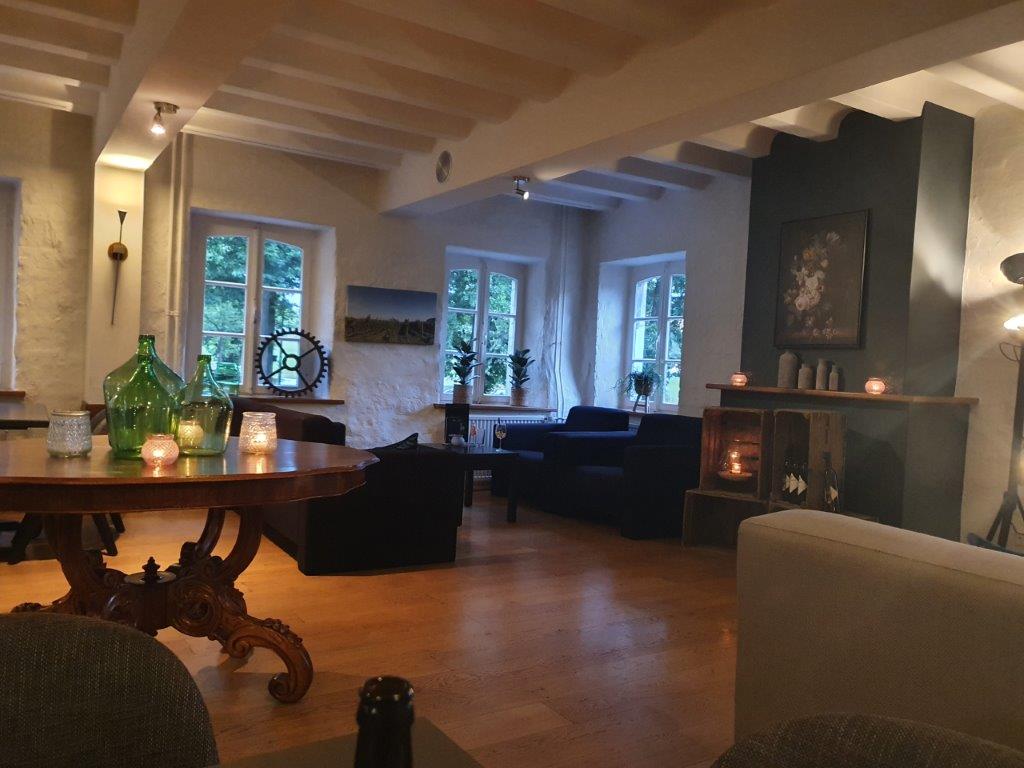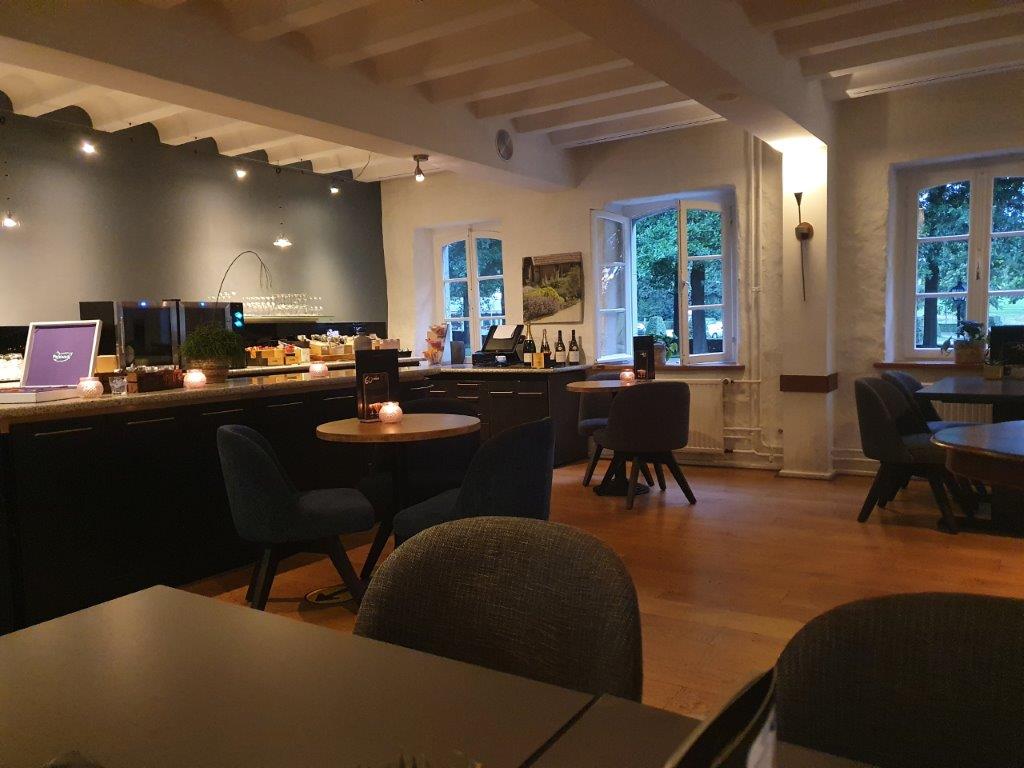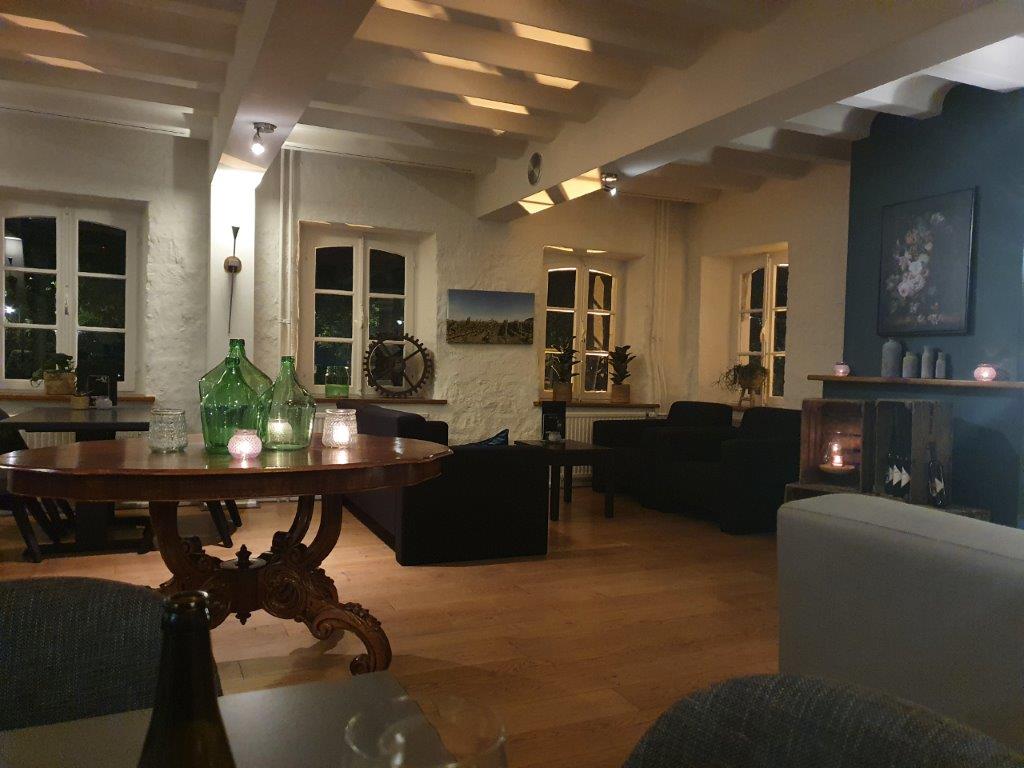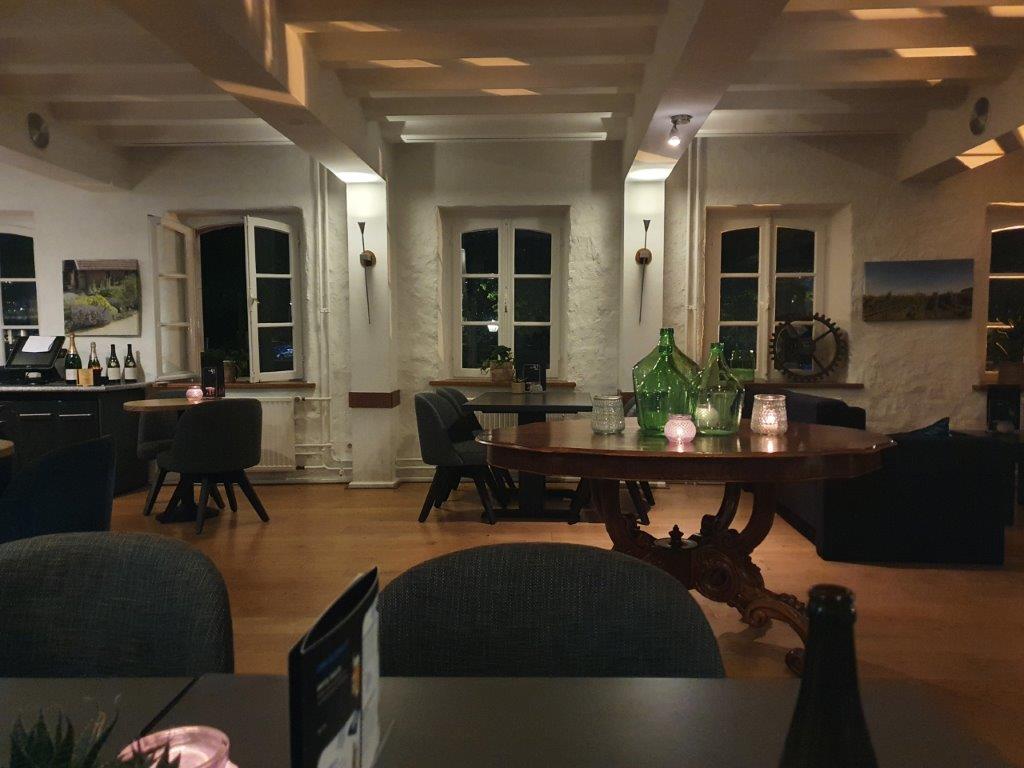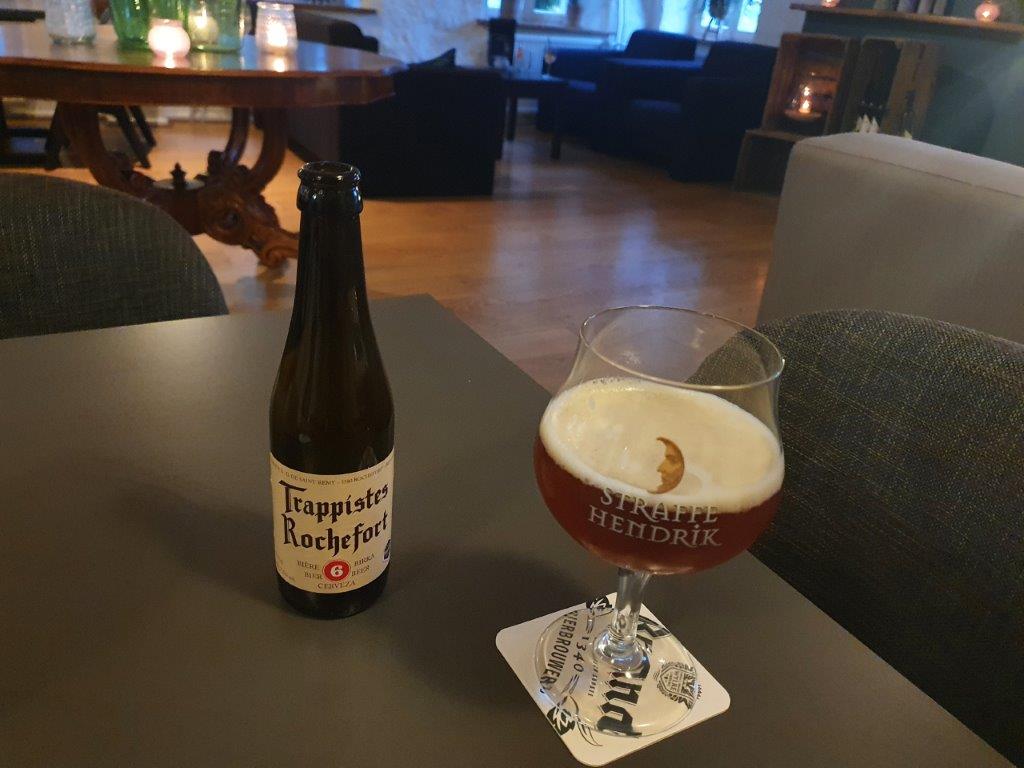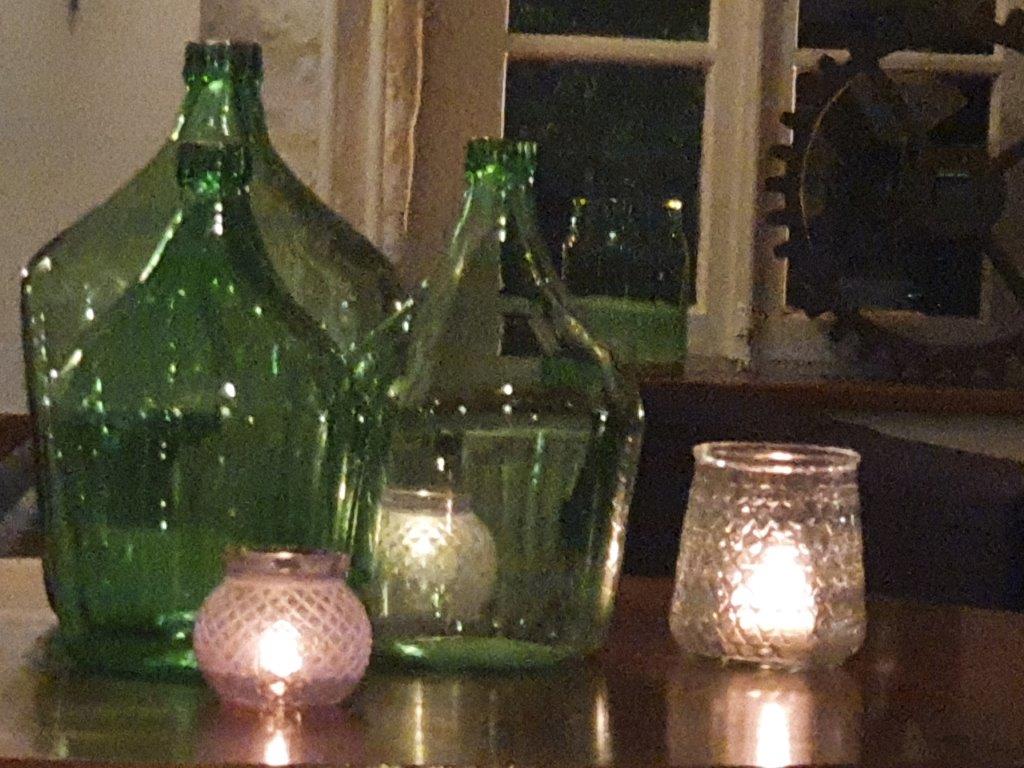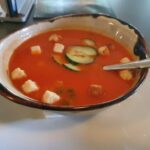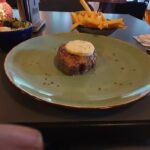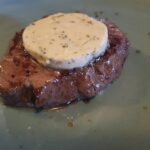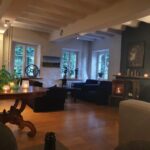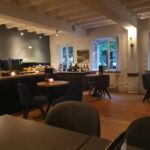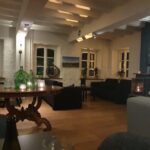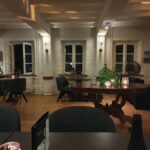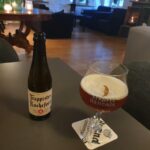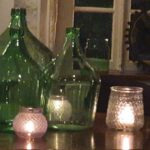Dutch Mountain Trail Deviation: Three or Four Country Spot (Drie- of Vierlandenpunt)
Another unexpected deviation
As you could read in my previous blogpost, the German government decided to expand the Covid19 restrictions for visitors from The Netherlands which (in combination with the earlier floods in the Eiffel area) shook up The Wandelgek’s plans for the stay in Vaals.

Although The Wandelgek had not deviated from his plan to walk through Germany (because the trail walk was on small trails, only a bit over the border and there were not many German people walking these trails (much more dutch hikers)), he thought it too risky to go on with his plans to visit Aachen and Monschau. Getting caught without a document proving full vaccination, meant either a 2 week quarantaine or a 90 Euro fine (strange that a fine would replace that quarantaine. Almost sounds like a bribe to me)).
So instead a deviation from plans was needed. Yesterday The Wandelgek visited the Three country point on the summit of the Vaalserberg, but walked on immediately, to finish the long walk and get rid of the heavy backpack. Why not make a trail walk to the Three country point and explore it a bit more? Sounds like a good opportunity for a deviation!
From Castle Vaalsbroek, The Wandelgek ascended slowly on a road towards Wolfhaag through the grassy fields and ochards full of apple trees on the flanks of the hills…
then past some fields with horses …
… towards the edge of the forest…
…but before entering the forest, The Wandelgek raised his head towards the sky and the large tower on top of the Vaalserberg:
The Wandelgek reached the Dutch-Belgian border…
Along the Dutch/Belgian border

Typical for long time Roman Catholic South Limburg are the many Crosses at road or trail crossings remembering all sorts of events like fatal road accidents, bad weather destroying harvests, Saints or just offering a spot to pray for a safe return for the miners that walked there years ago, from their villages towards the mines.
…and then to the actual border between The Netherlands and Belgium. The climb is quite steep, but without the large backpack (The Wandelgek now only wore a waste gurdle) It was quite easy to climb towards the summit. From the border the ascend was more like that of a false flat.
From there a forest trail followed that border towards the Drielandenpunt (Three Country point),
There were several border markers directly on the trail, showing that the trail was sometimes in Belgium and sometimes in The Netherlands…
Three or four Country Point
On the Belgian side, the tripoint borders the region of Wallonia, including both the regular French-speaking area and the smaller German-speaking area. Between 1830 and 1919, the summit was a quadripoint, also bordering Neutral Moresnet, which is now part of Belgium’s German-speaking area.

Historical borders before First World War. Vaalserberg is located at the quadripoint in the top central area of the map. Legend: (1) Dutch Province of Limburg (2) Belgian (previously United Dutch) Liège Province (3) Neutral Moresnet (4) Prussian Rhine Province
The current Belgian-German-border is not the same as the former eastern border of Moresnet with Prussia but is a little more to the east. Therefore, five different borders came together at this point but never more than four at one time, except possibly between 1917 and 1920, when the border situation was unclear and disputed.
It is a bit like a jigsaw puzzle?
The border intersection has made the Vaalserberg a well-known tourist attraction in the Netherlands, with a 50 metres (160 ft) tower on the Belgian side (Dutch: Boudewijntoren; French: Tour Baudouin; German: Balduin-Turm), opened in 1994 to replace the previous 33 metres (108 ft) tower, built in 1970. It offers a grand panorama of the surrounding landscape. The Wandelgek of course ascended the tower and it was really windy at the top. From the top he looked far into Germany and Belgium and he could see the labyrinth that had been there when he was visiting this place still being a child…
140 metres (460 ft) south of the point, a railway passes the German-Belgian border in a tunnel. It is the freight-only railway between Tongeren and Aachen.
At a very young age, The Wandelgek visited this place with his parents and brother. There was the three country point monument, a panoramic view tower and a labyrinth and all was free of entry fee. Now an entry fee is asked for climbing the panoramic tower and entering the labyrinth. There are lots of cafés, restaurants and souvenir shops and plaques with the heralidic weapons of the three countries and lots of country flaggs.
There is this monument indicating that this is the three country point, and all tourists get in front of it to make a picture…
But this is not the real three country point at all. The real one is a a bit further and doesn’t draw alot of attention to itself ?
After having roamed around for a bit, The Wandelgek sat down on a Belgian terrace and bought a beer. There is even a special Belgian beer to commemorate that this was long ago a four country point.
If you wanna read more of this or maybe about other beer bottle labels, which often have an interesting story to tell, behind their design, than read my blogposts via these 2 links:
Het verhaal achter het etiket…
After having enjoyed the beer and the sunlight, The Wandelgek started thinking about the return to Castle Vaalsbroek.
He walked a different route back, following a part of the Dutch Mountain Trail…
The trail followed part of an older local trail, the Hertog Limburgpad (Duke of Limbourg path). Long ago, The Wandelgek did a long distance walk from the Belgian, German speaking town of Eupen to the dutch village of Epen. See: Van Eupen naar Epen (Wandeltocht)
During the 1st stage of that walk he visited the small “town” of Limbourg, which was the capital of the Duchy of Limbourg, where the name of the current dutch and belgian provinces of Limburg originated from. See: Wandeling 1: Eupen – Limbourg – Verviers (La Bouquette) (18,5km)
This long distance trail partially followed that long ago journey, going past Eupen, Limbourg, Verviers, Aubel and even Epen. It also ran past Vaals.
The text below in dutch is explaining how much more names of locations were originating from the timespan when there was a Duchy of Limbourg. E.g.: the place names of Herzogenrath/Hertogenrode and the Rode van de Hertog: Rode-le-duc/ Rolduc.
The Hertog Limburgpad went through lots of locations that The Wandelgek was visiting while walking on The Dutch Mountain Trail or on the detours that he added, like Horbach, Teuven, Val Dieu and Wahlwiller…
The extreme wearher of the pasr weeks had left its mark in the landscape…
After following the Dutch Mountain Trail for a while,…
…The Wandelgek deviated and descended towards Wolfhaag again.
When he was a lot lower, he looked back towards the watchtower on top of the Vaalserberg…
He walked on and passed some really beautiful half- timbered houses, a style of houses that is typical and very traditional. You’ll find these in the utmost south of The Netherlands, in the German language part of Belgium and in large parts of Germany.
In the bushes and shrubs the brambles were wearing fruit…
The landscape is diverse, enriched with trees, bushes and hedgerows.
Then The Wandelgek returned to Castle Vaalsbroek and went to the garden terrace which wss at the verge of a large pool. It looked very peaceful now, with swans, geese and duckes swimming around, but one of the waiters was talking about the flooding of this pool after the heavy rainfall that happened two weeks earlier. But now The Wandelgek drank some glasses of cold fresh orange juice and weizen beer, sitting in the sun.
Later that evening The Wandelgek had dinner at the bar and of course he drank some trappist beer too.
Then it was time for a bath and after watching some television. The Olympic Games in Tokio were still not finished and the Dutch olympic team was performing great.
After packing his large backpack he was ready to sleep and had recovered to start on the next stage of the Dutch Mountain Trail.
